What’s become of Otl Aicher’s former abode? A visit to the Allgäu.
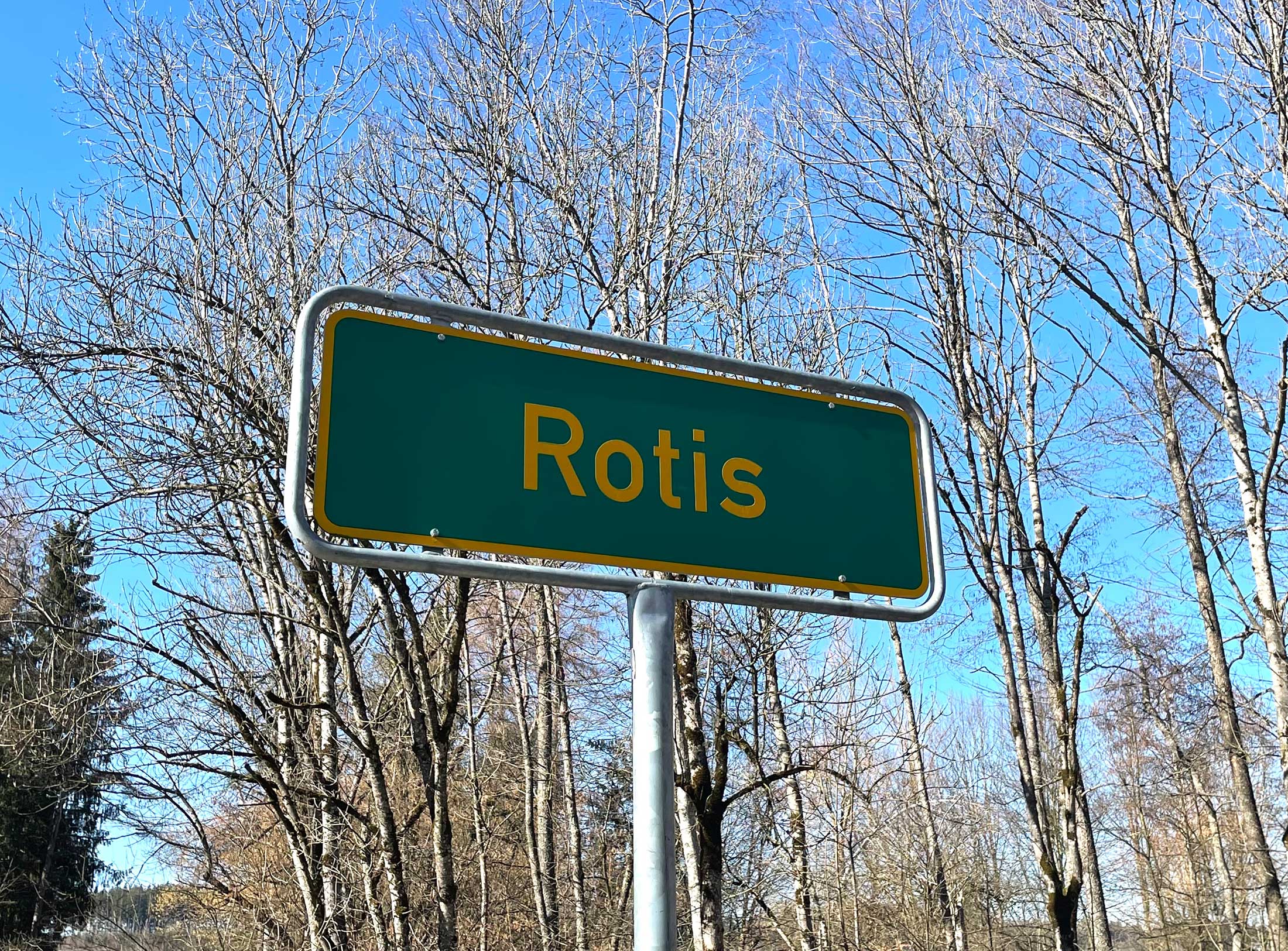

What’s become of Otl Aicher’s former abode? A visit to the Allgäu.
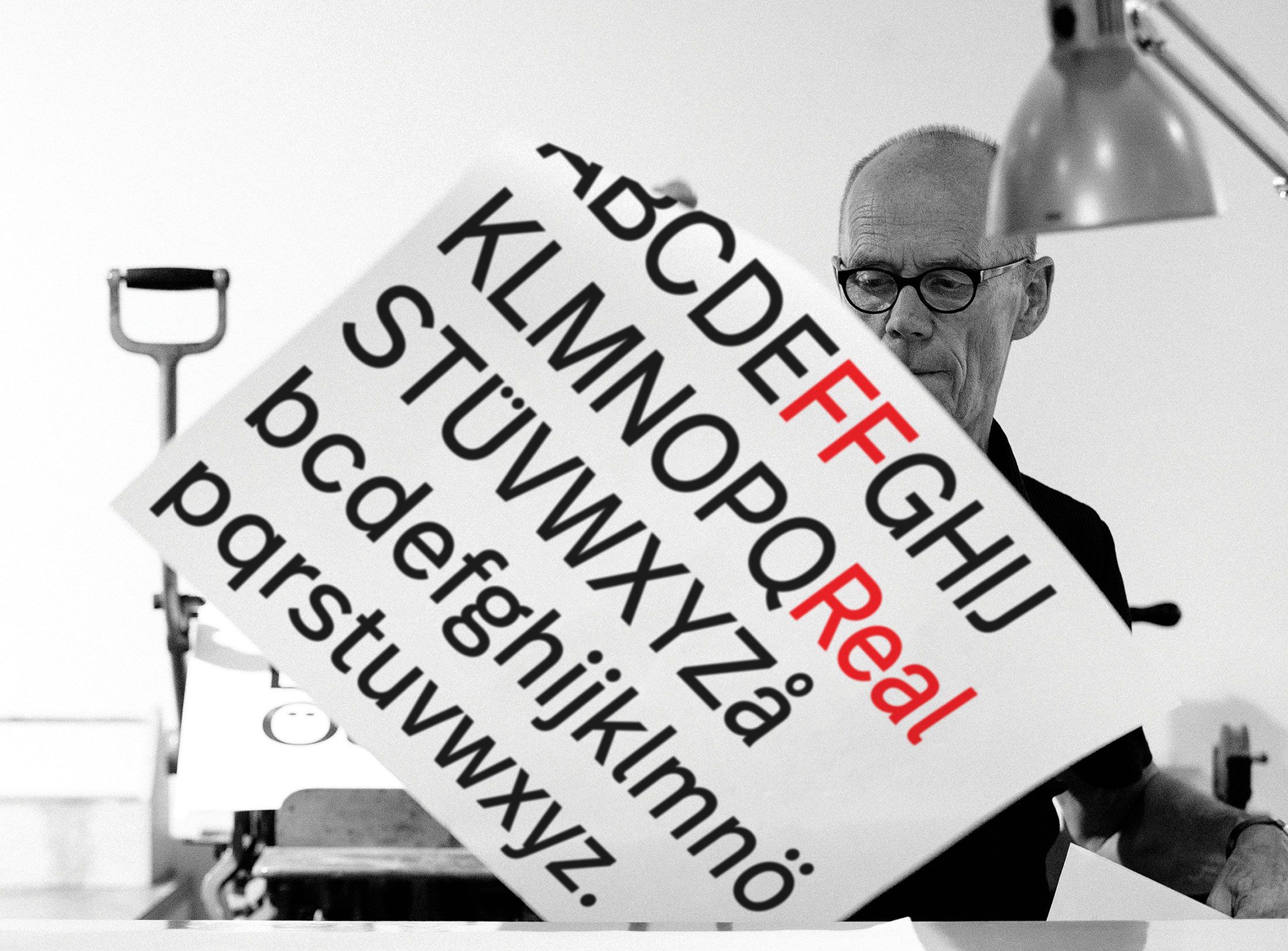
Interviewed: Erik Spiekermann, type designer, author and Aicher critic.
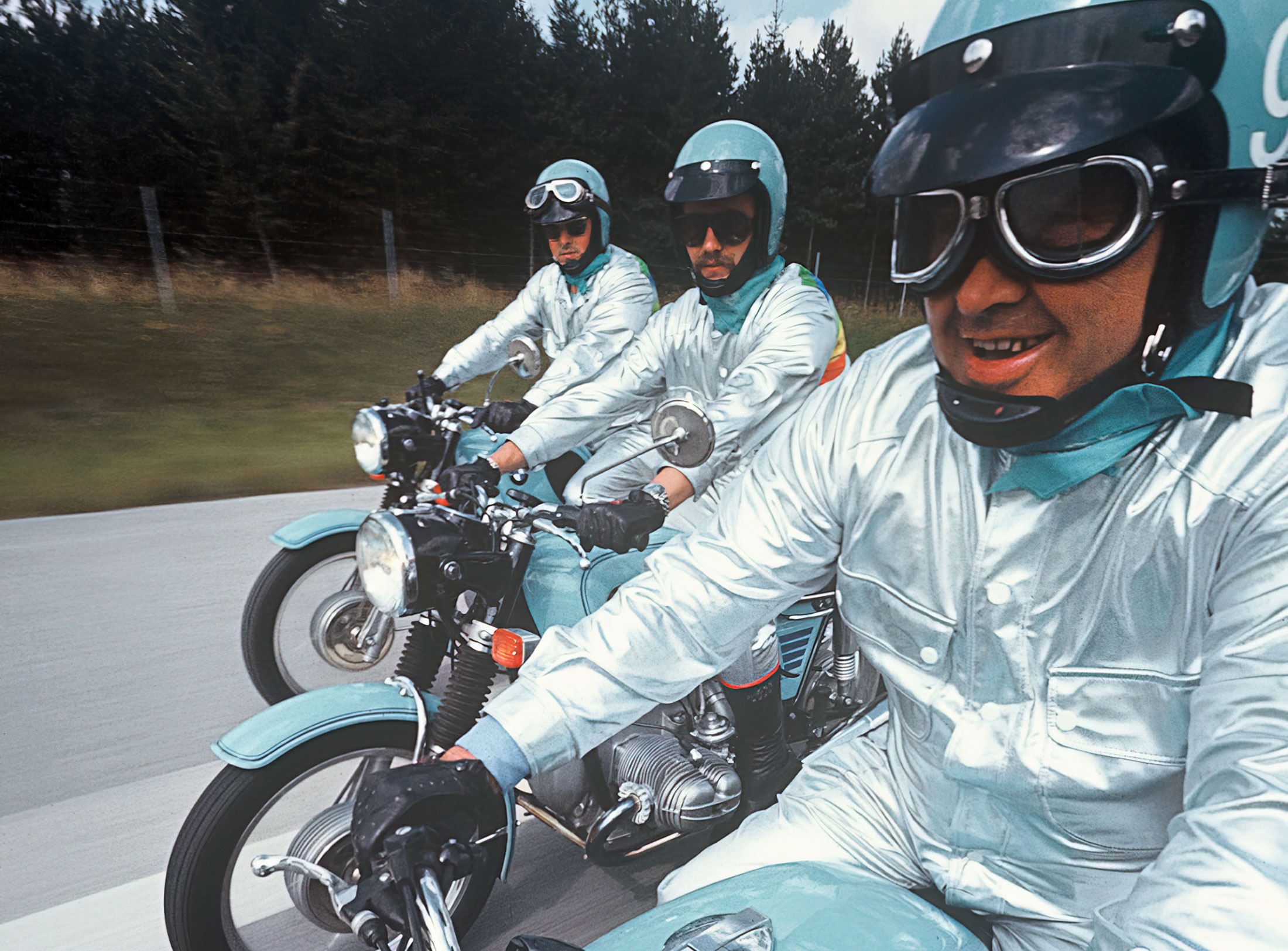
Technology: a central notion and fixed point of perspective in the work of Otl Aicher.
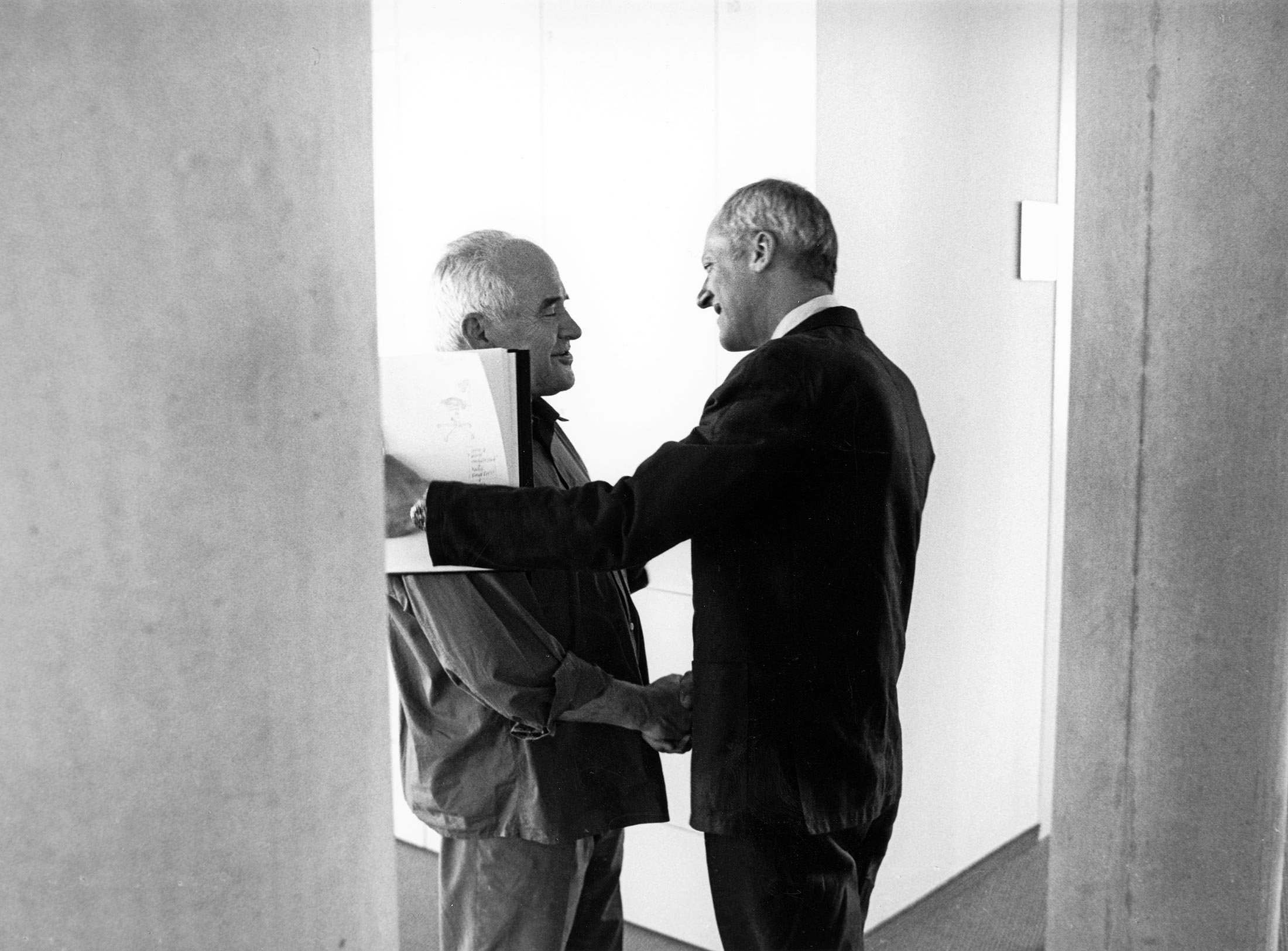
The British architect Norman Foster on his friendship with Otl Aicher: He had absolute integrity.
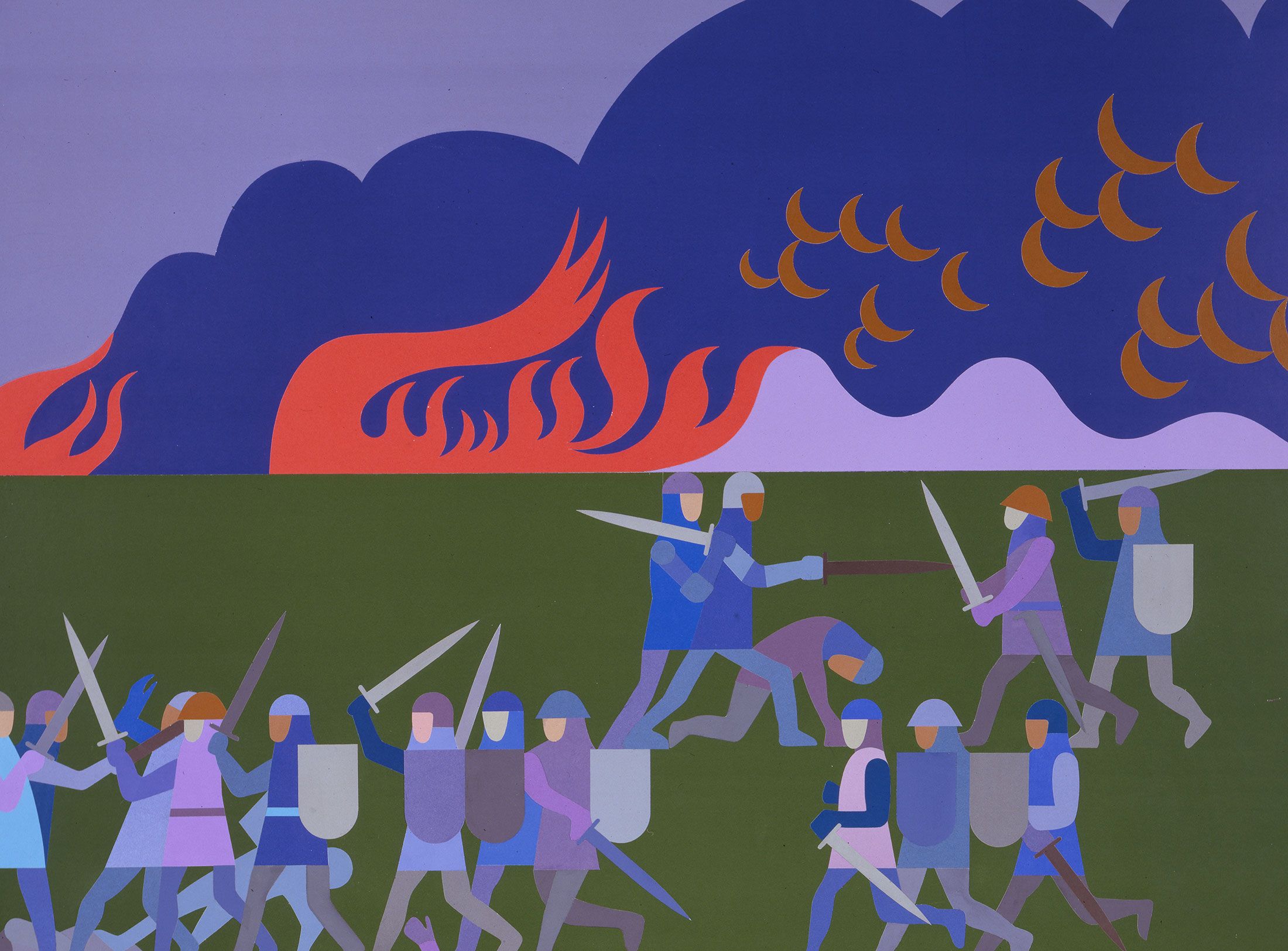
Thoughts on the colour palettes of Otl Aicher.
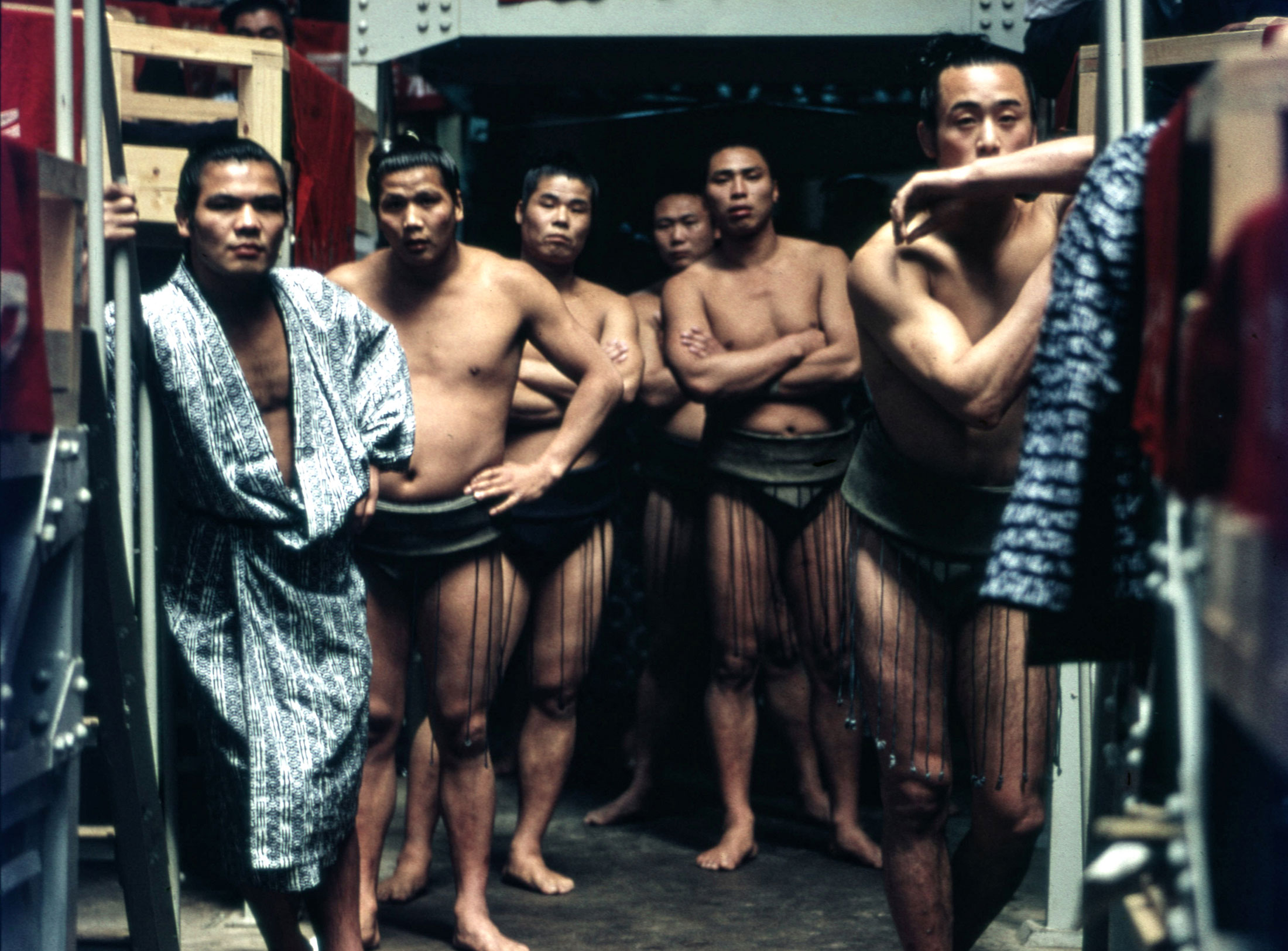
Absolute sharpness, reduction and strict rules determine the character of his pictures: Otl Aicher as photographer.

Under Otl Aicher’s direction, designers, architects and landscape planners shaped the face of the Olympic Games 1972.
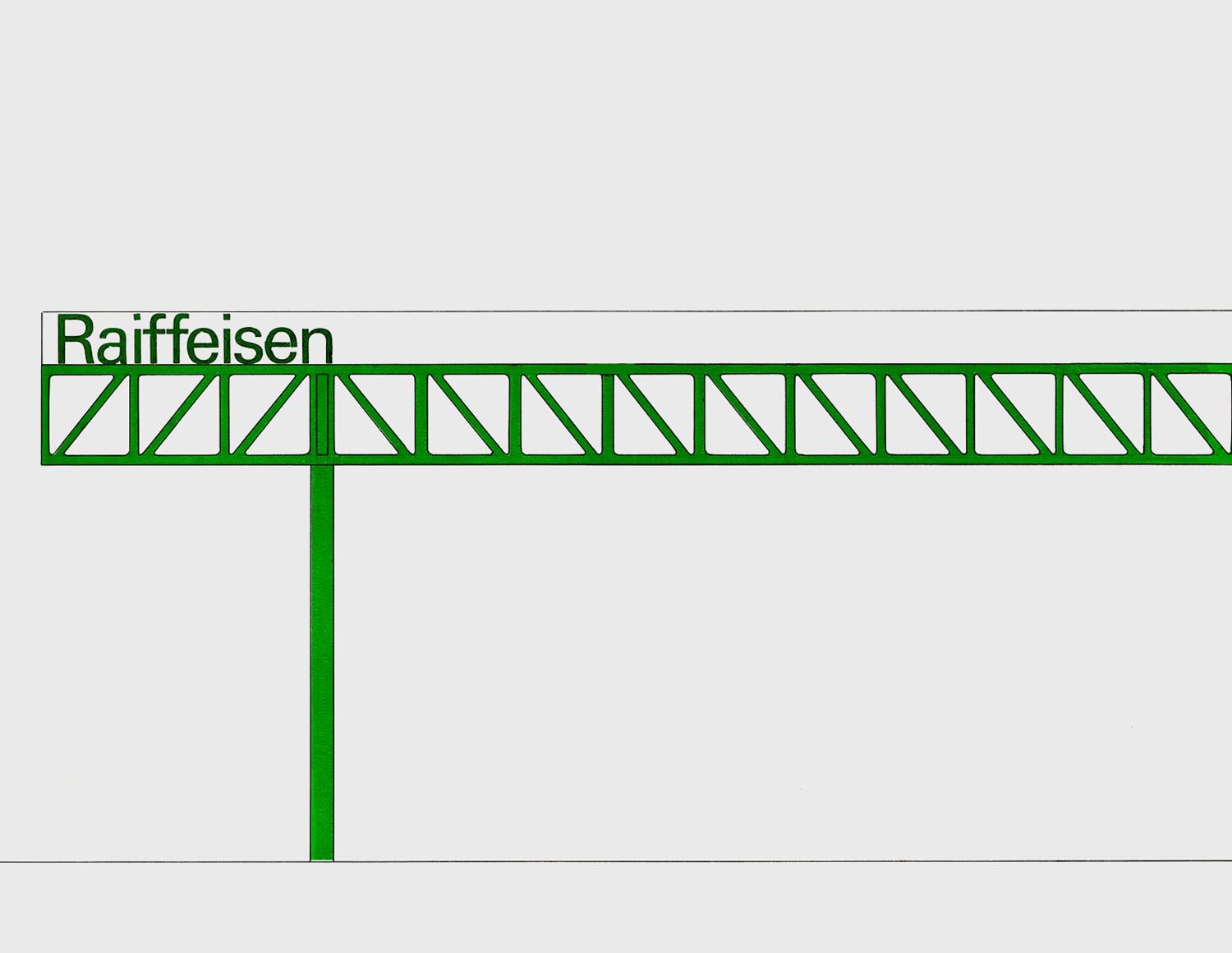
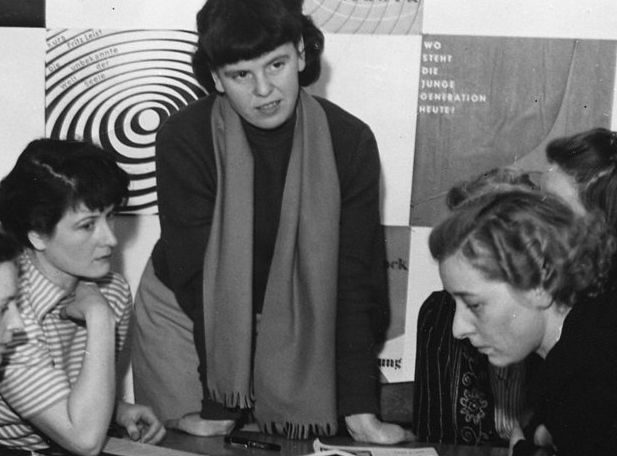
Inge Aicher-Scholl preserved the legacy of the White Rose.
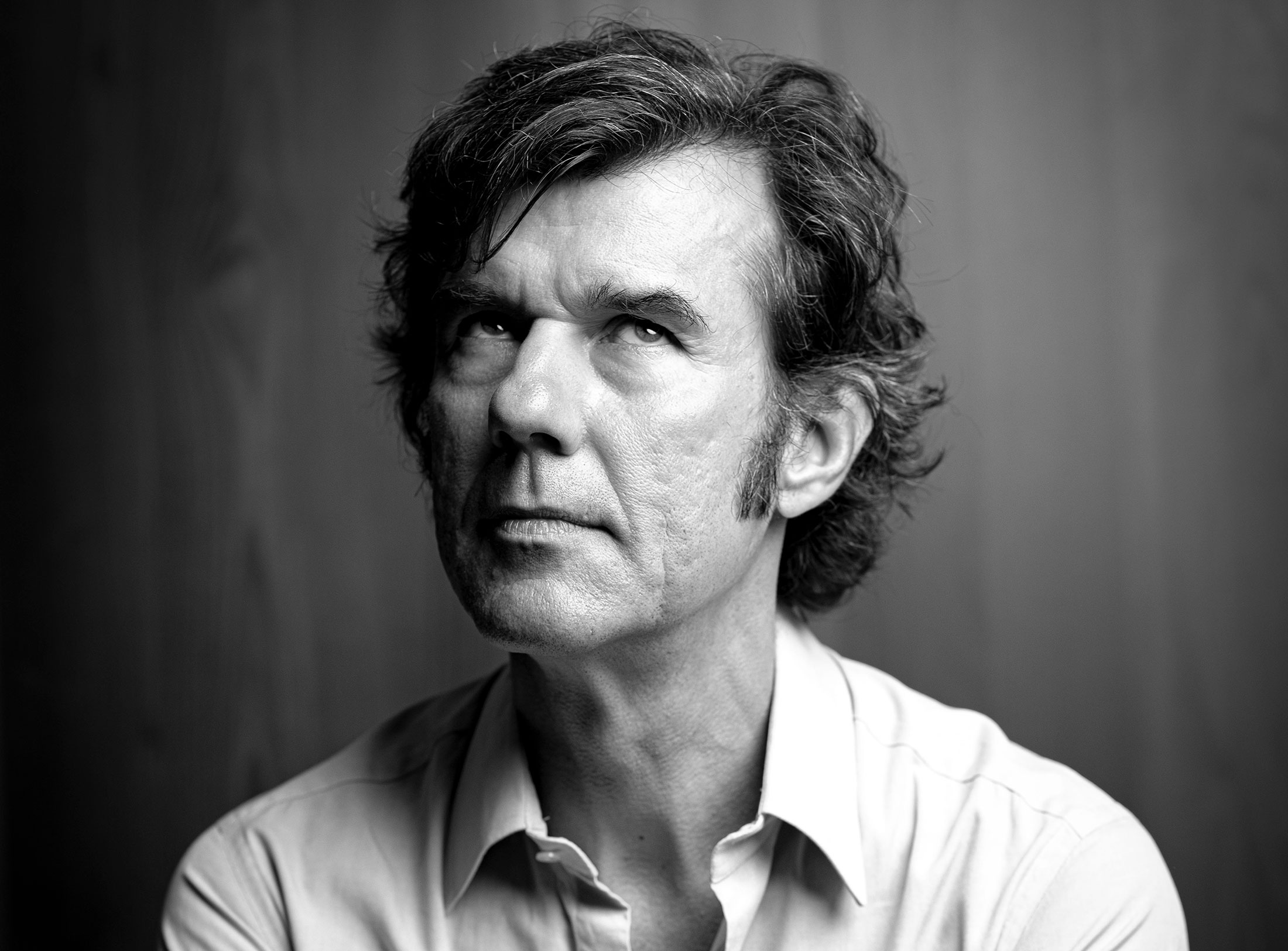
An interview with design icon Stefan Sagmeister about typefaces, beauty and the legacy of Otl Aicher.
The International Design Center Berlin (IDZ) invites you to a slide show and panel talk at Architektur Galerie Berlin on 20 October. Karsten de Riese and Prof. Michael Klar will report on a photo reportage commissioned by BMW that took them to Tunisia in 1975 together...
On the occasion of the 50th anniversary of the 1972 Olympic Games, the IDZ invites you to a discussion on the vision of the Munich Games and the status quo as well as the future of the Olympic movement on 26 August. The event at Berlin’s Akademie der Künste on Pariser...
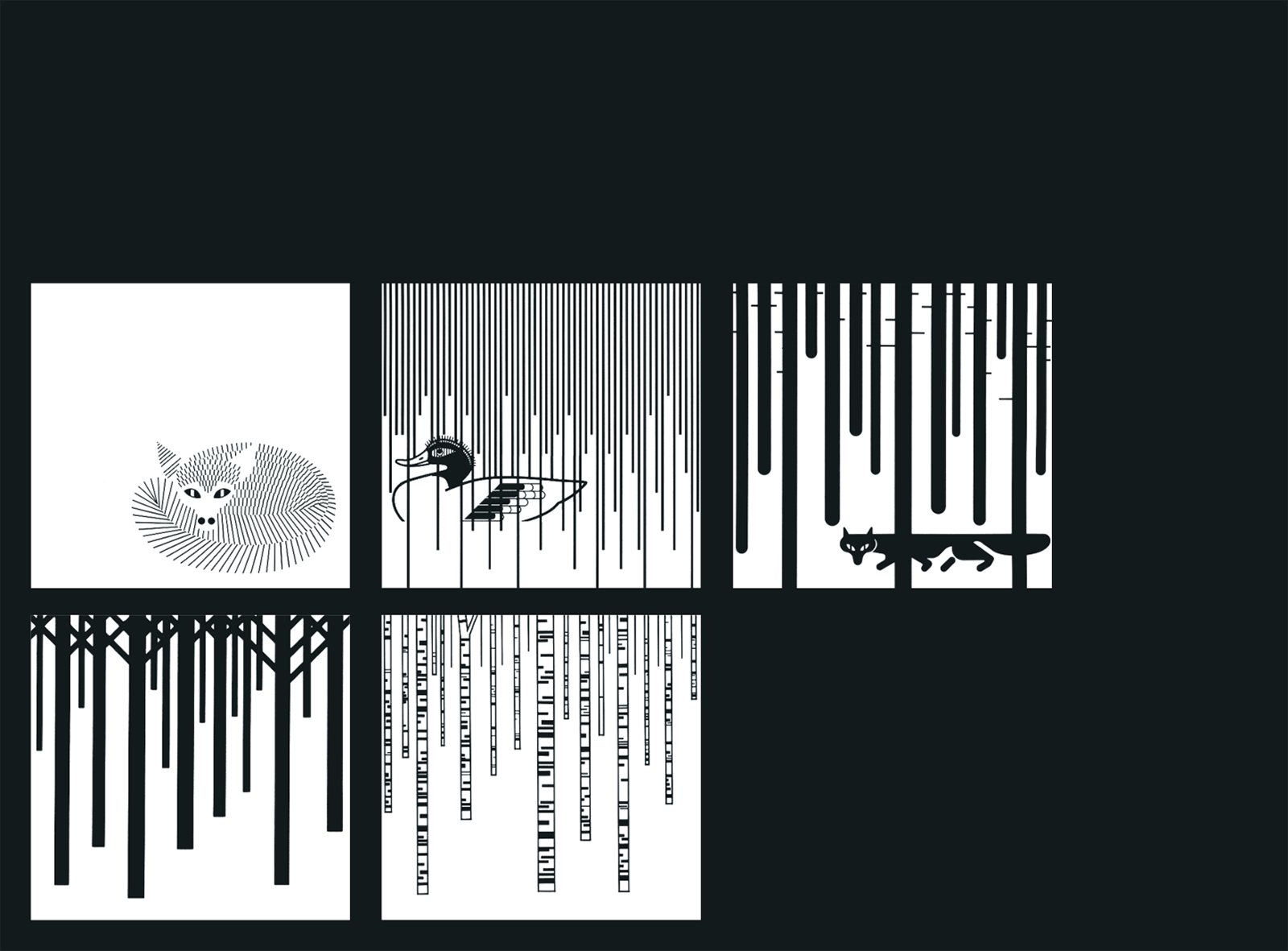
Isny im Allgäu owes Otl Aicher a corporate design that is concise, bold and singular.
With a retrospective of Otl Aicher’s book “kritik am auto – schwierige verteidigung des autos gegen seine anbeter” (Criticism of the Car – Difficult Defence of the Car against its Worshippers) published in 1984, the IDZ continues its series of events on the “otl...
Today marks the centenary of Otl Aicher’s birth. The International Design Center Berlin (IDZ) is taking this date as an opportunity to pay tribute to this great designer. With otlaicher100.de, a new online platform is being launched – a curated space that provides...
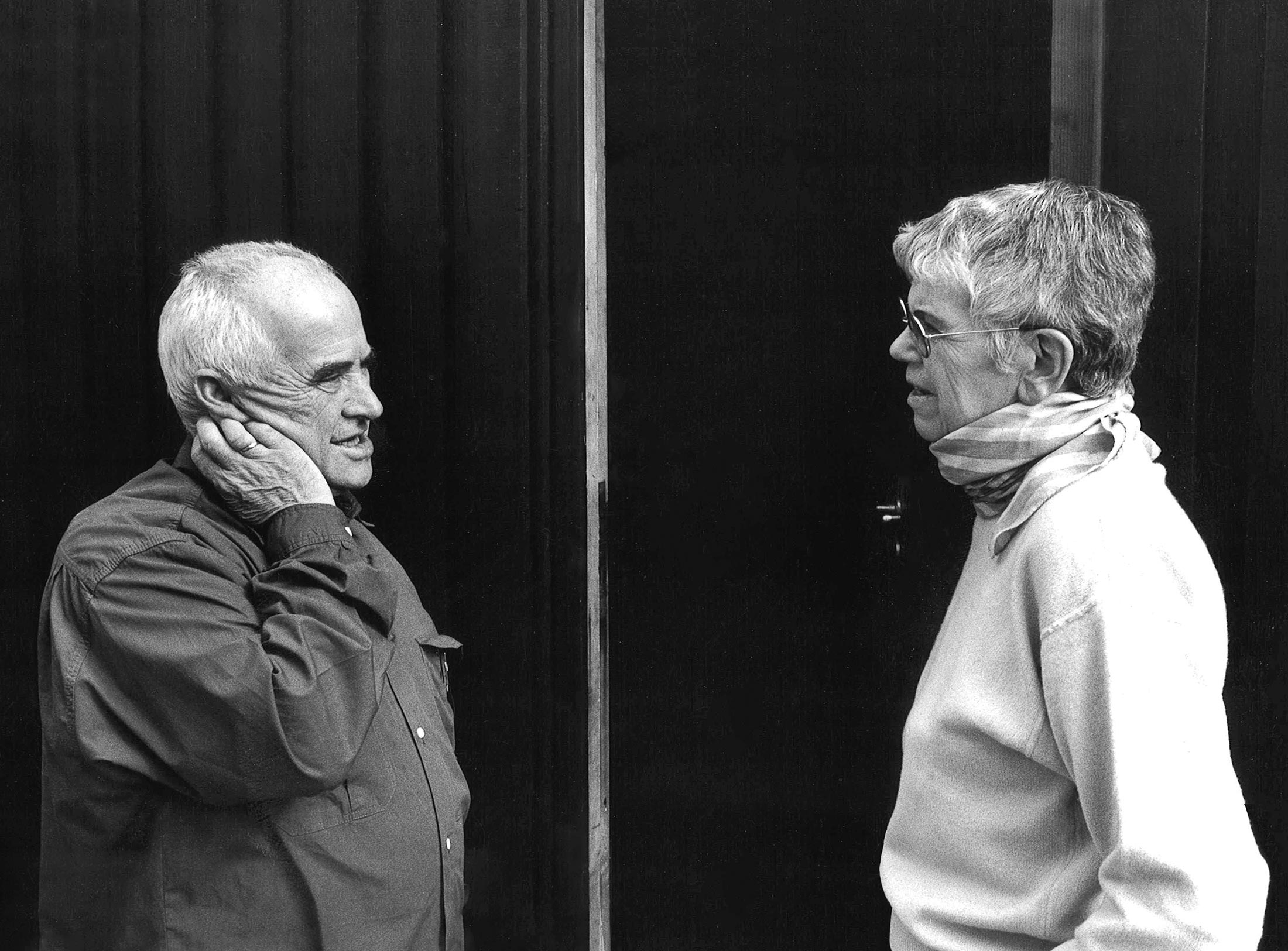
Reflections on Inge Aicher-Scholl and Otl Aicher.
The International Design Center Berlin (IDZ) is taking Otl Aicher’s centenary as an opportunity to pay tribute to this great designer and to make his work visible. An online platform and a series of events will address Otl Aicher’s multifaceted cosmos of topics and...
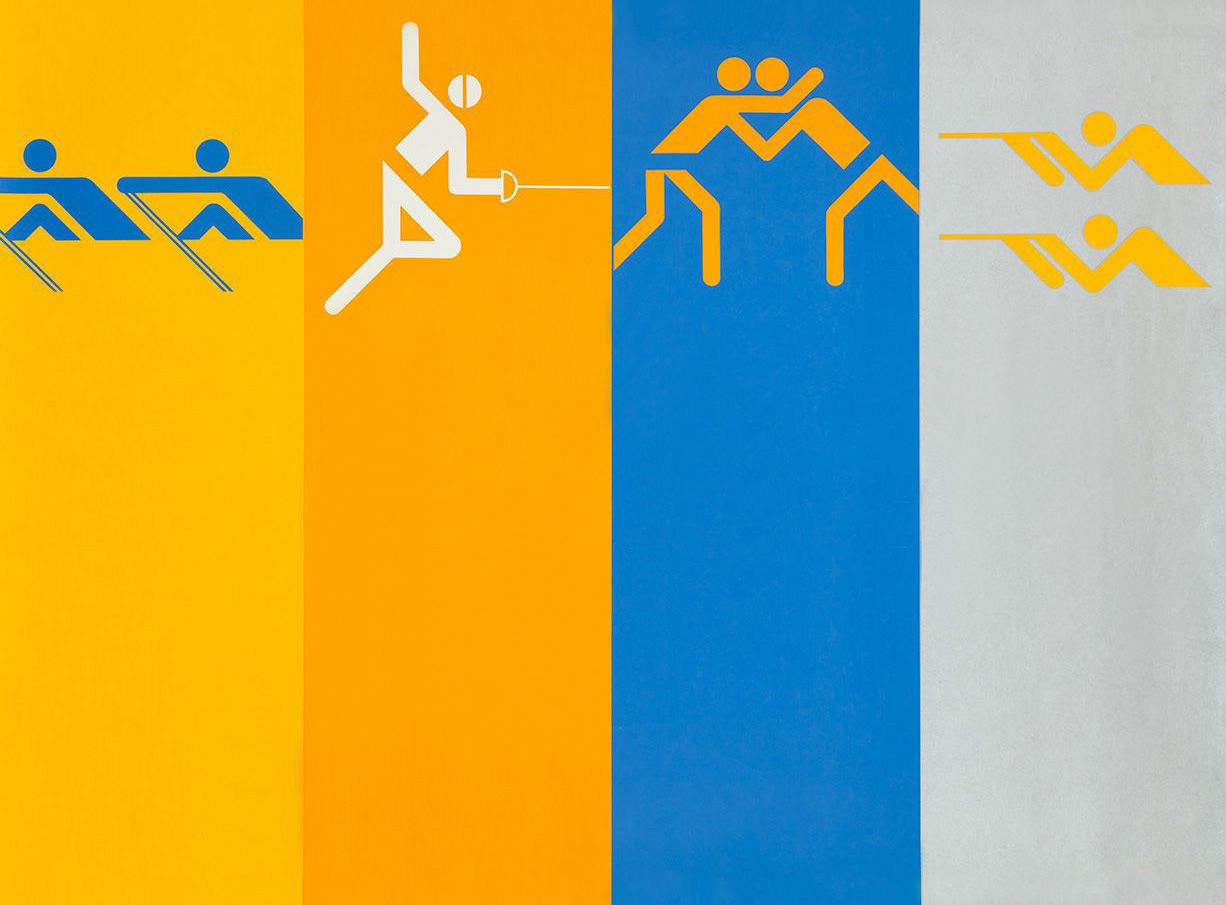
Eine Stadt leuchtet: Mit seinem farbenfrohen Erscheinungsbild der XX. Olympischen Sommerspiele 1972 setzte Otl Aicher ein Signal. Die junge Bundesrepublik war in der Moderne angekommen.
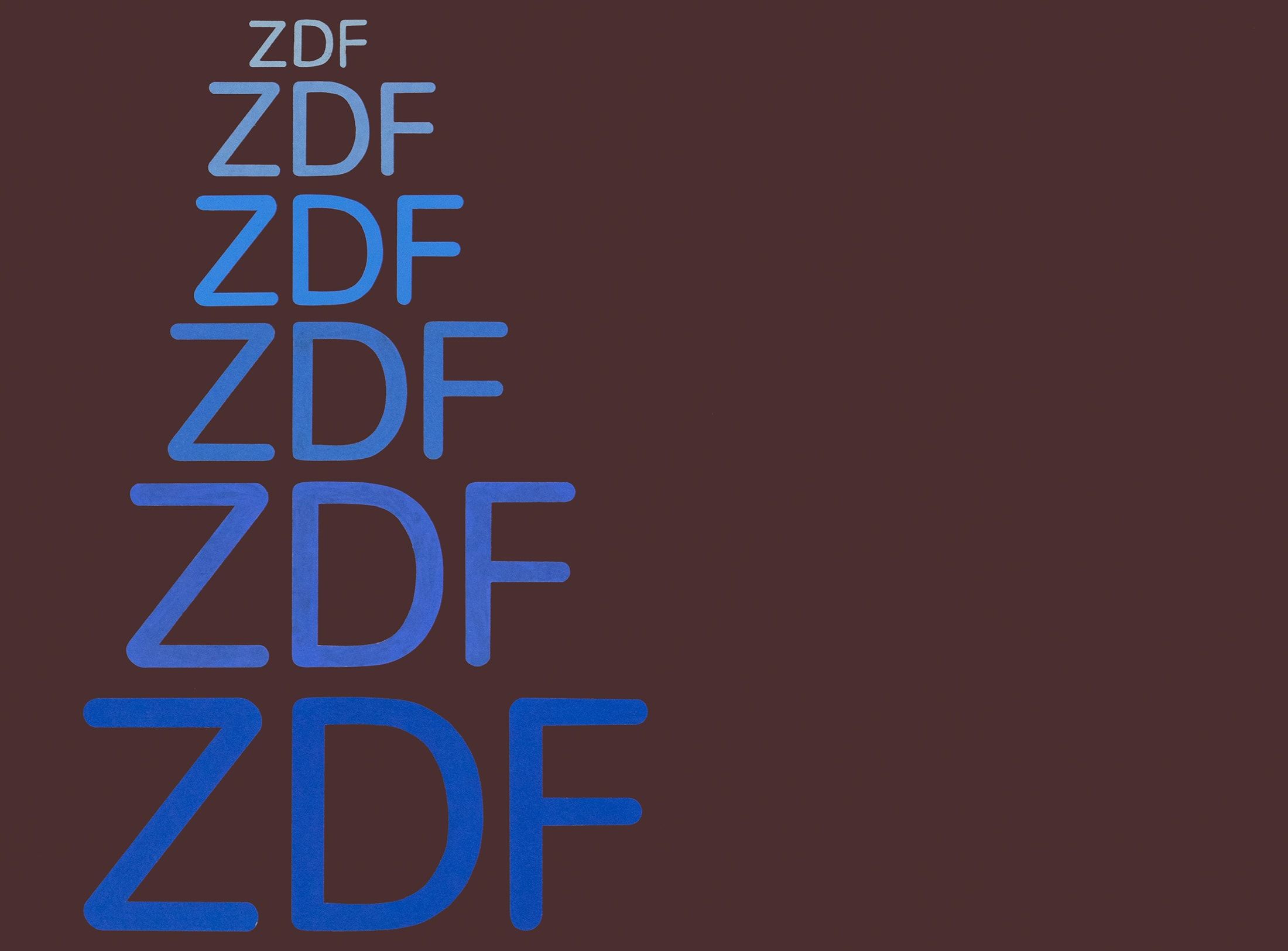
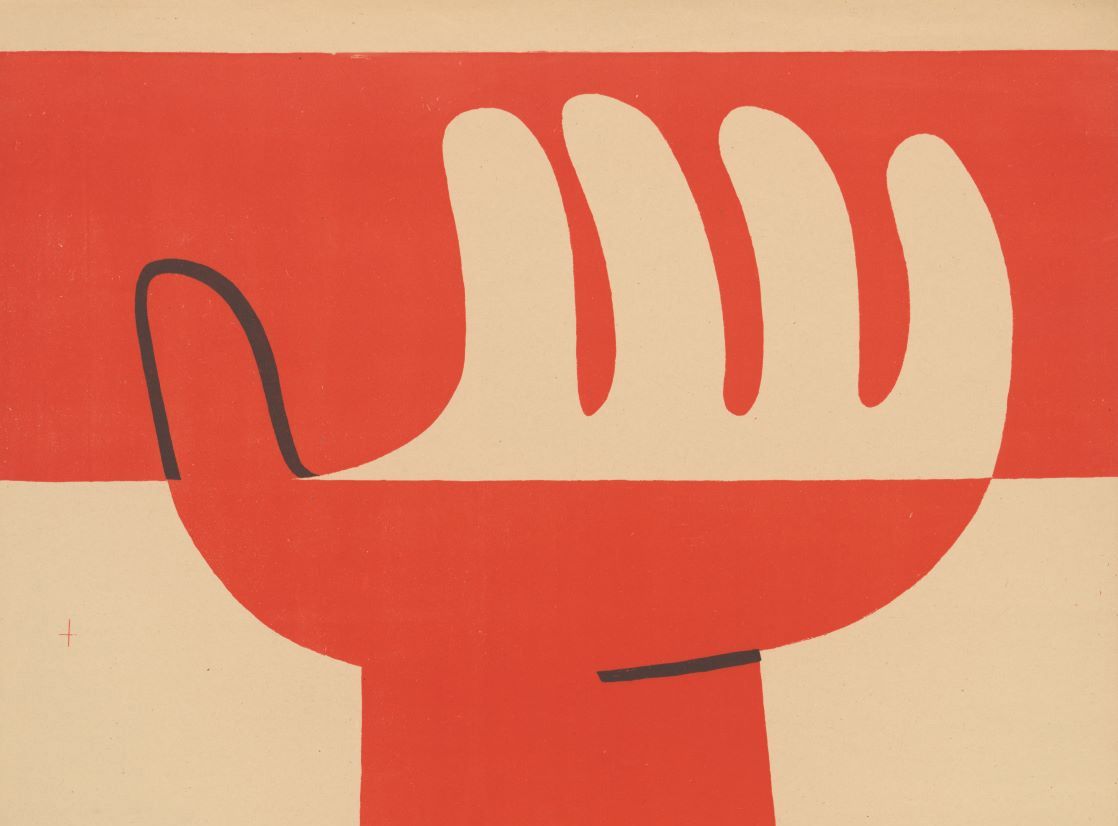
Otl Aicher’s Poster displays for the Ulmer Volkshochschule (Ulm Adult Education Centre).
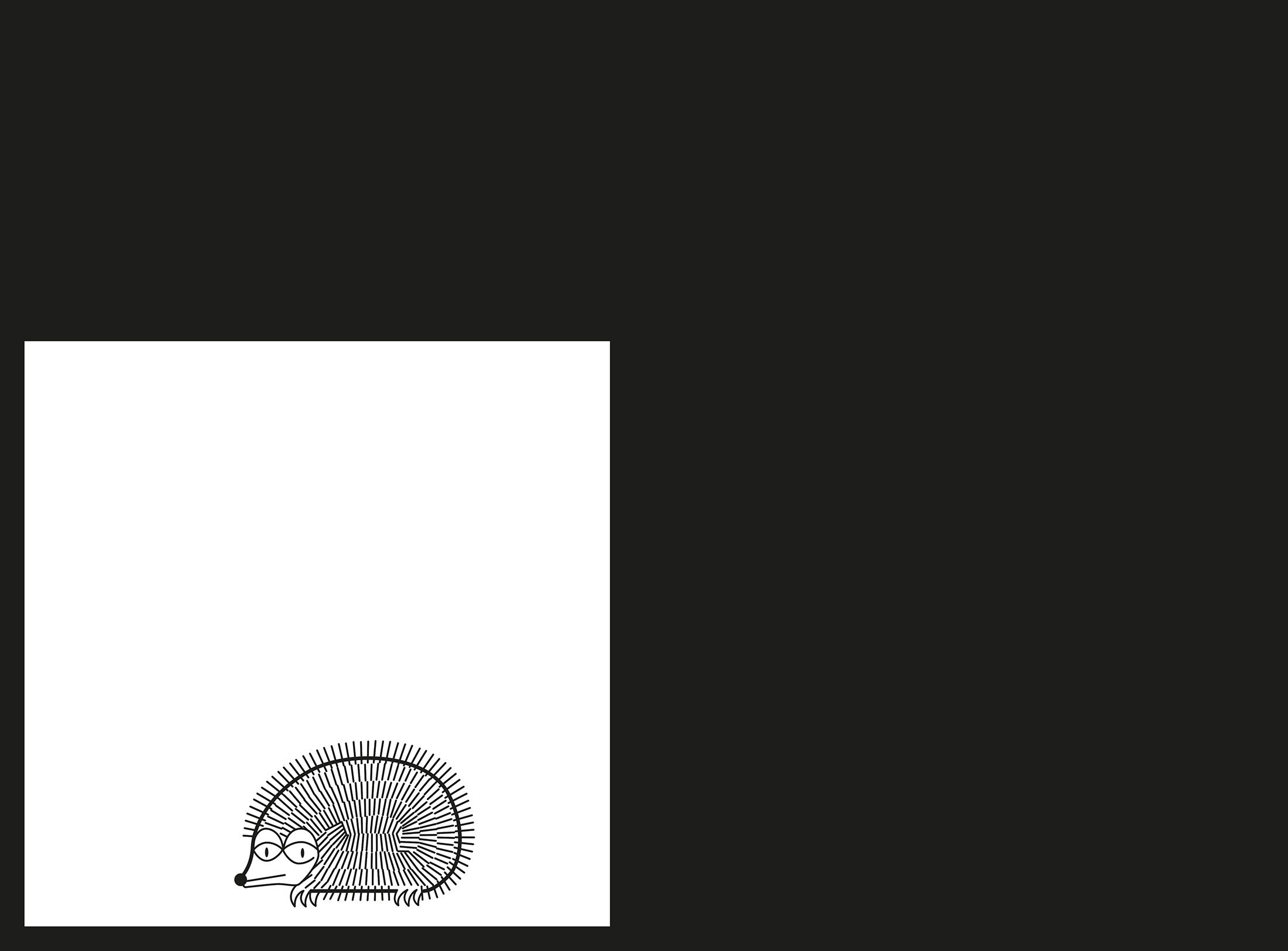
From O to R: Let’s talk about a hedgehog, standardisation and neurotis for a change (please click on the letters).
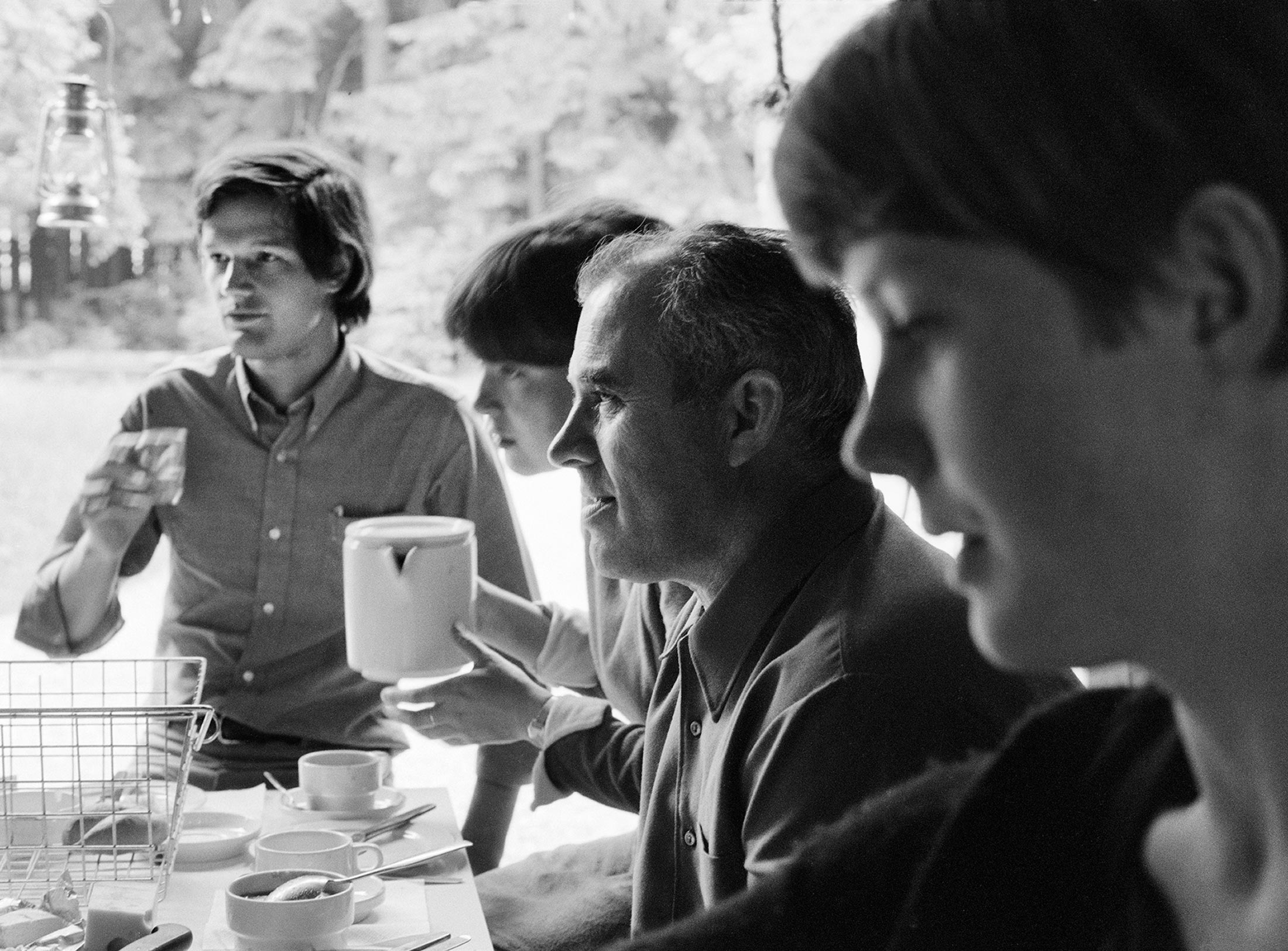
Otl Aicher’s Dept. XI team: the visual identity of the Munich ’72 Olympics was the work of graphic designers, illustrators and technical staff from all over the world.
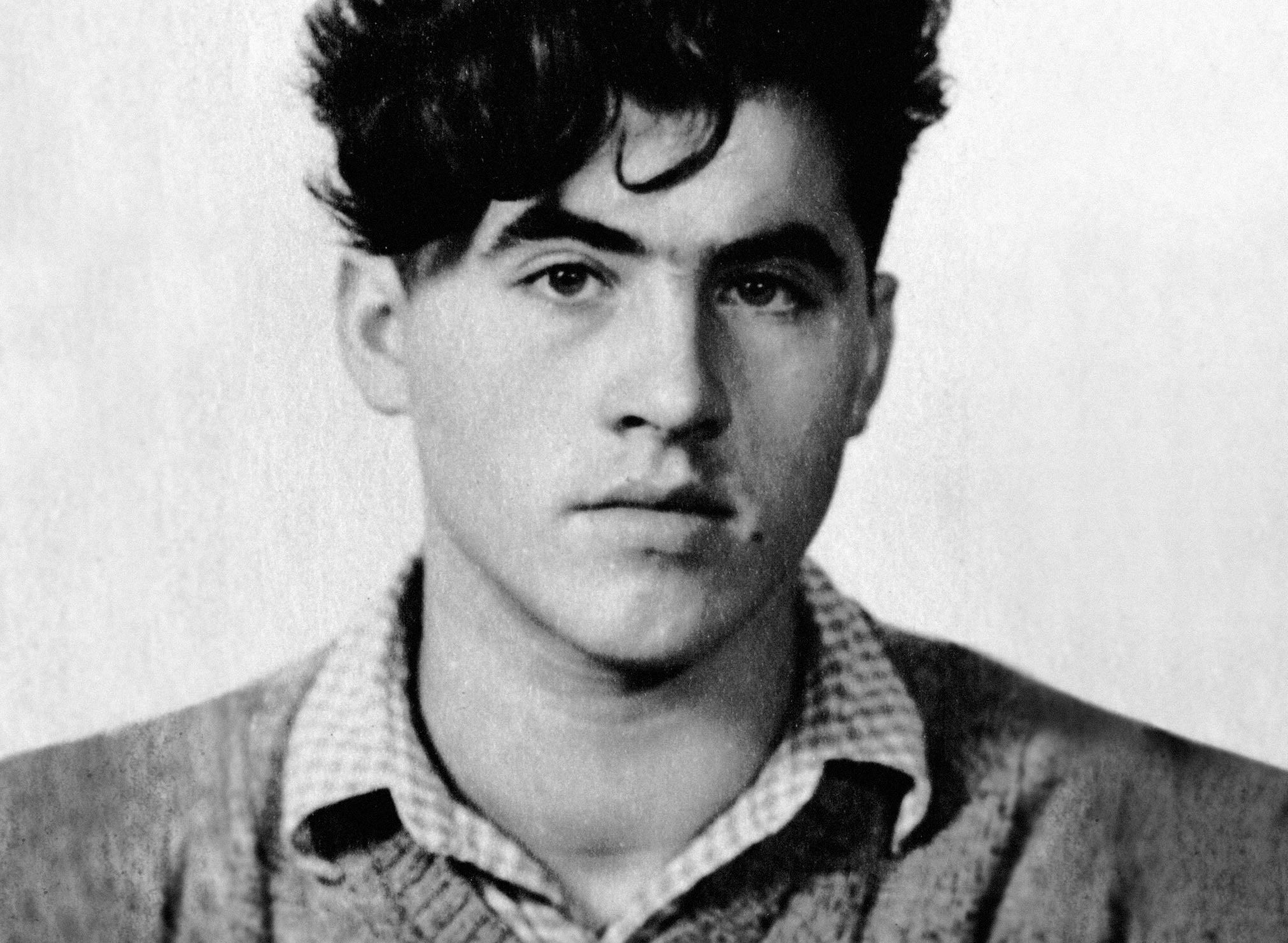
Aicher’s childhood and youth: the years 1922 to 1945.
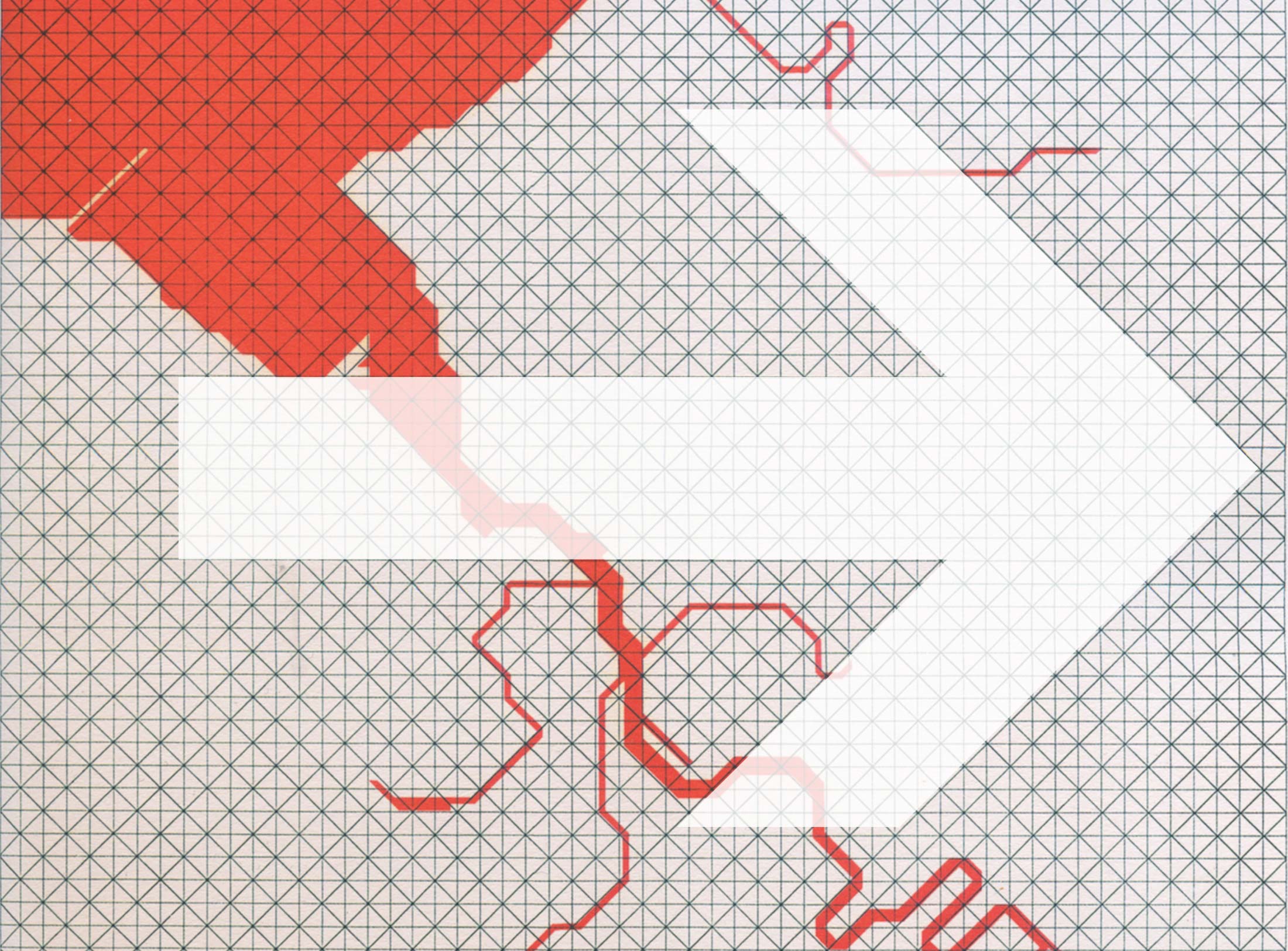
Otl Aicher’s signage systems for airports, metro stations and hospitals are considered exemplary to this day.
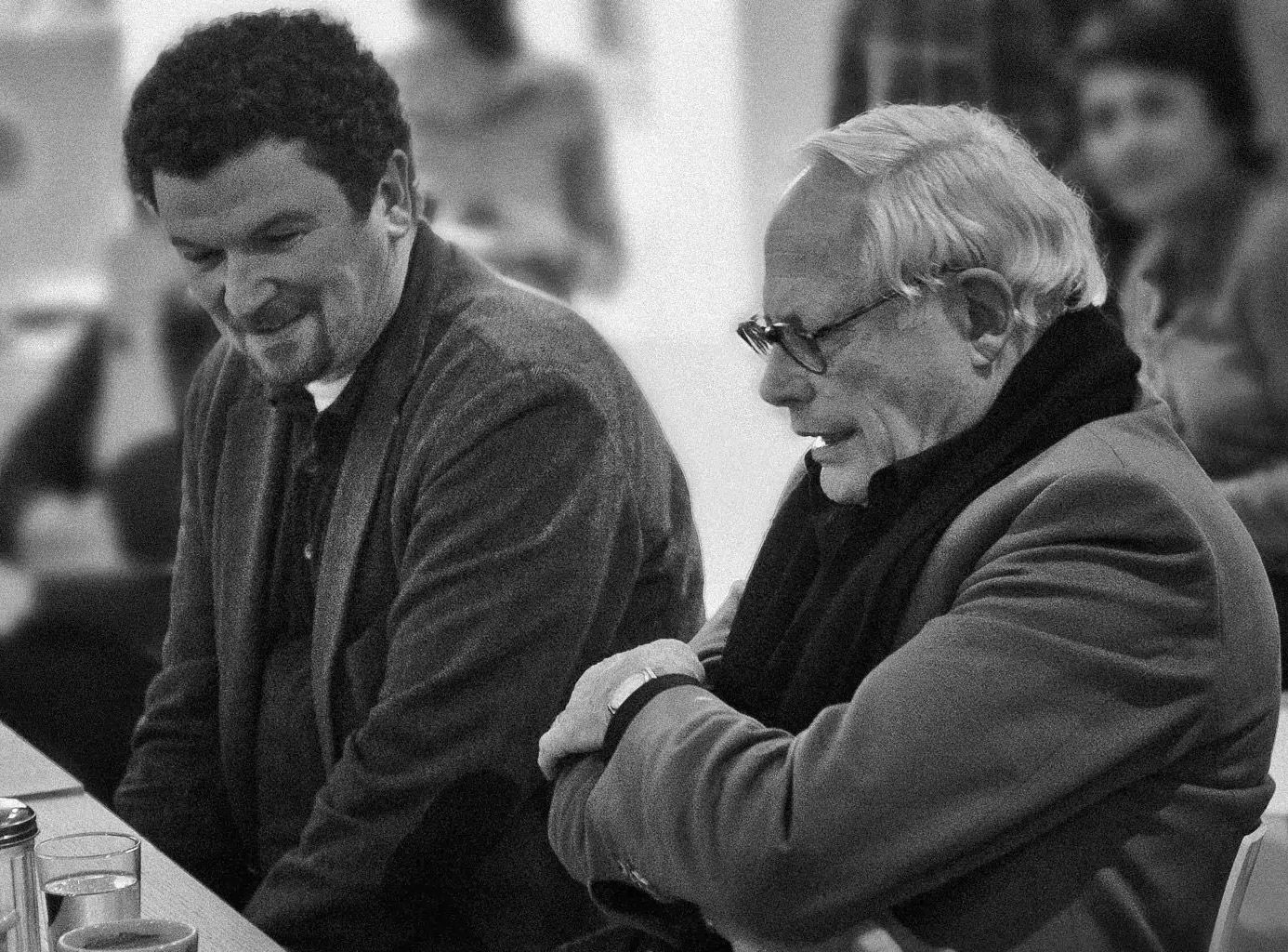
Der einstige Braun-Chef-Designer im Gespräch über den Co-Gründer der HfG.
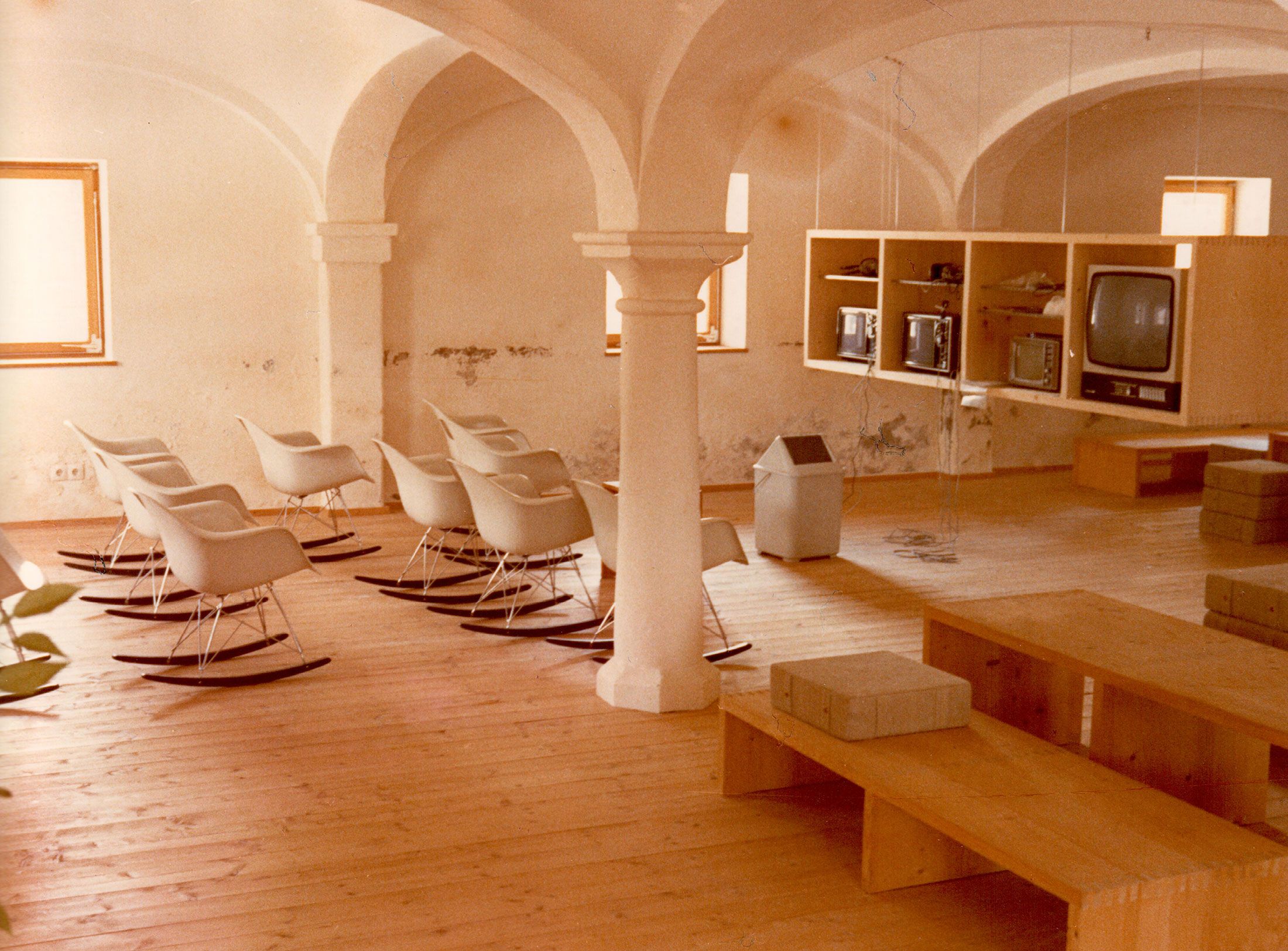
A Broadcast: What is his place in today’s world?
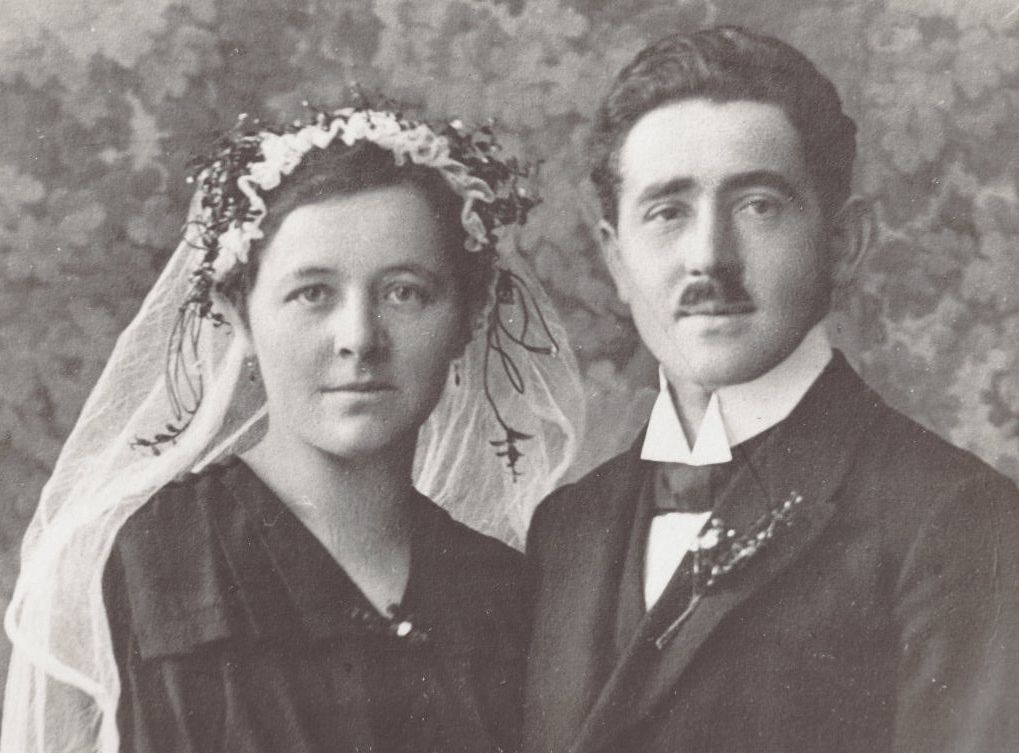
The Aichers: a brief family history.
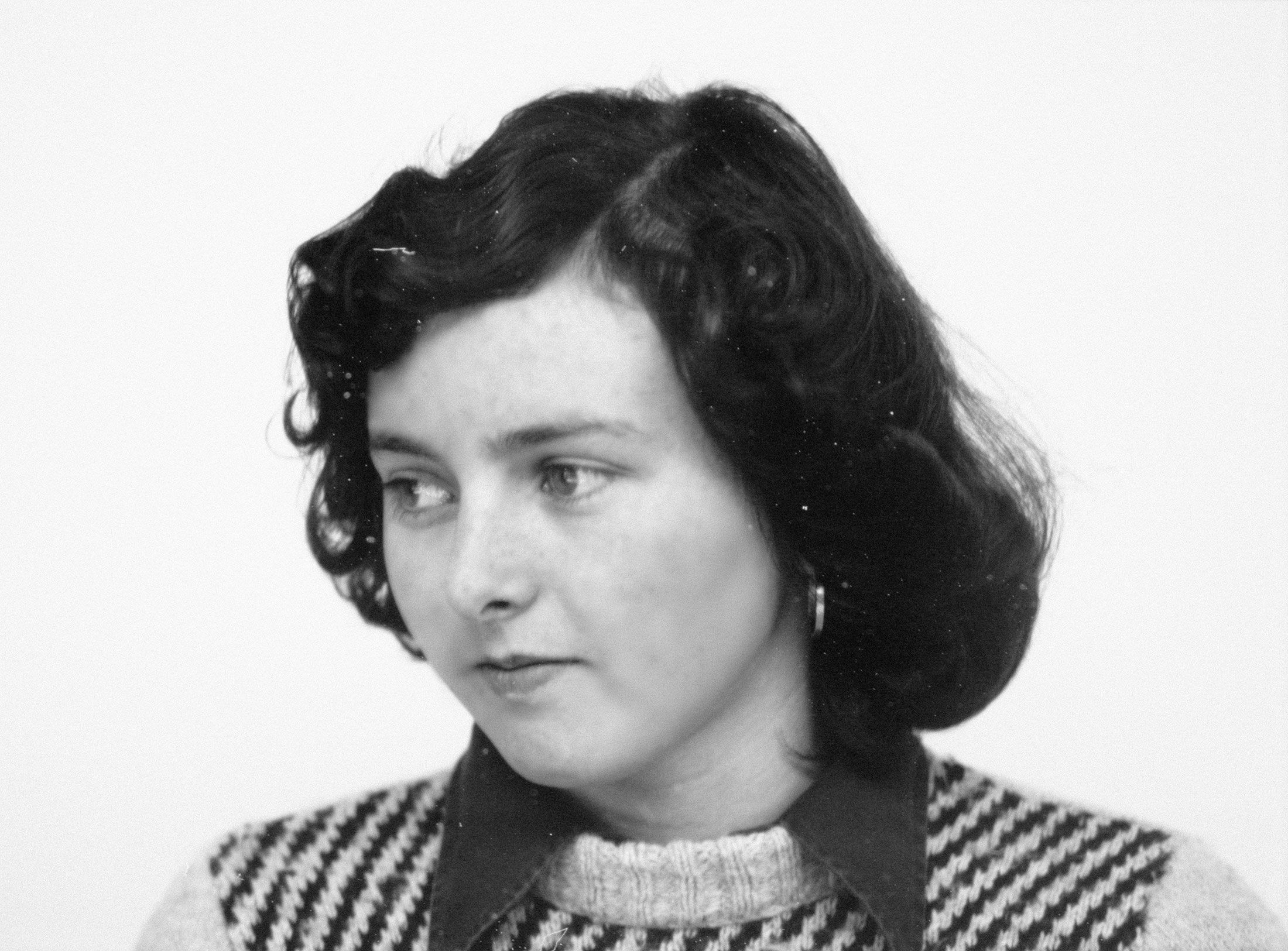
Drawing in Rotis: former Aicher co-worker Reinfriede Bettrich talks about hand sketches, the first computers and everyday life at the office.
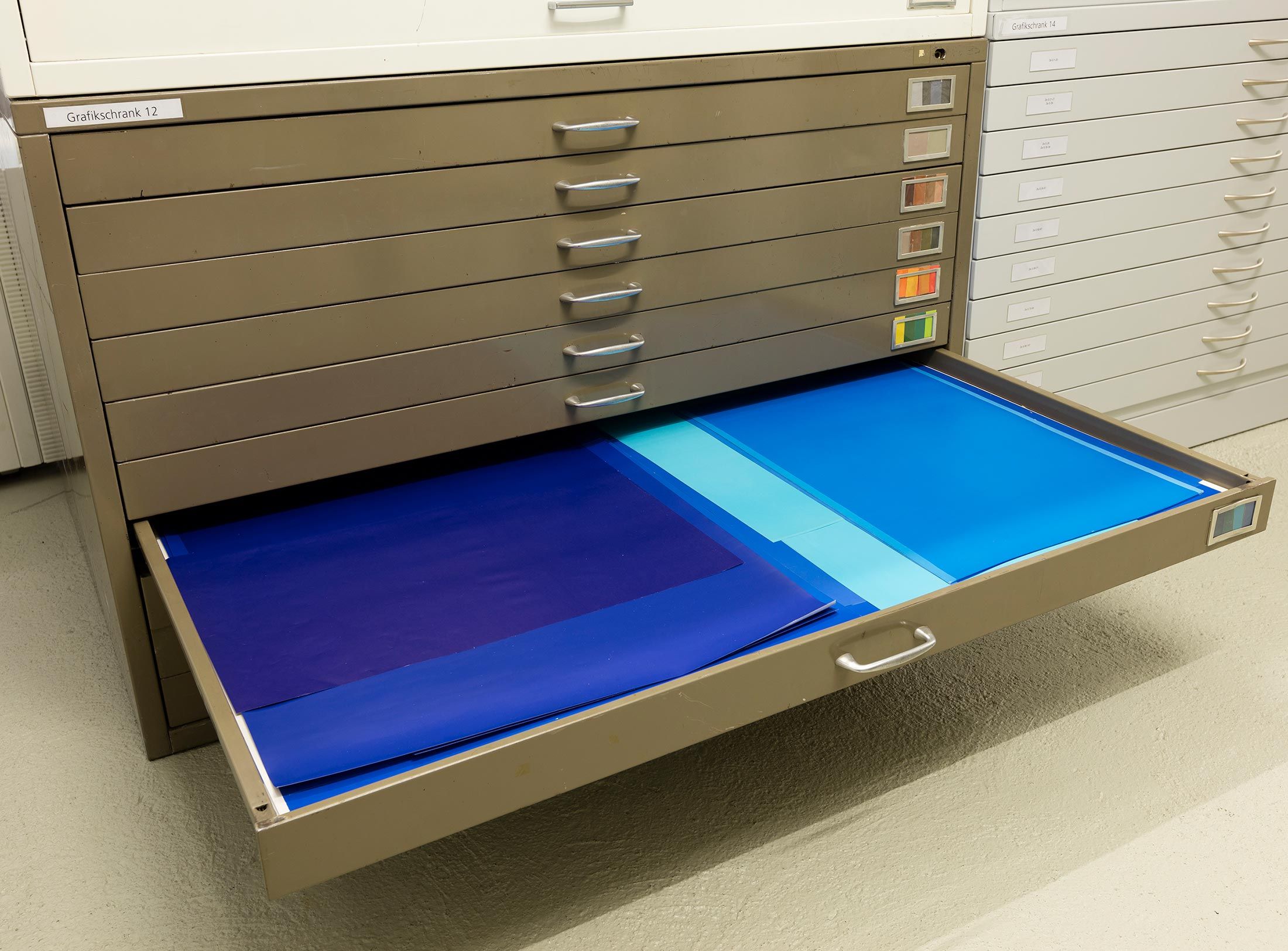
How Otl Aicher’s papers and materials came to the HfG-Archiv/Museum Ulm.
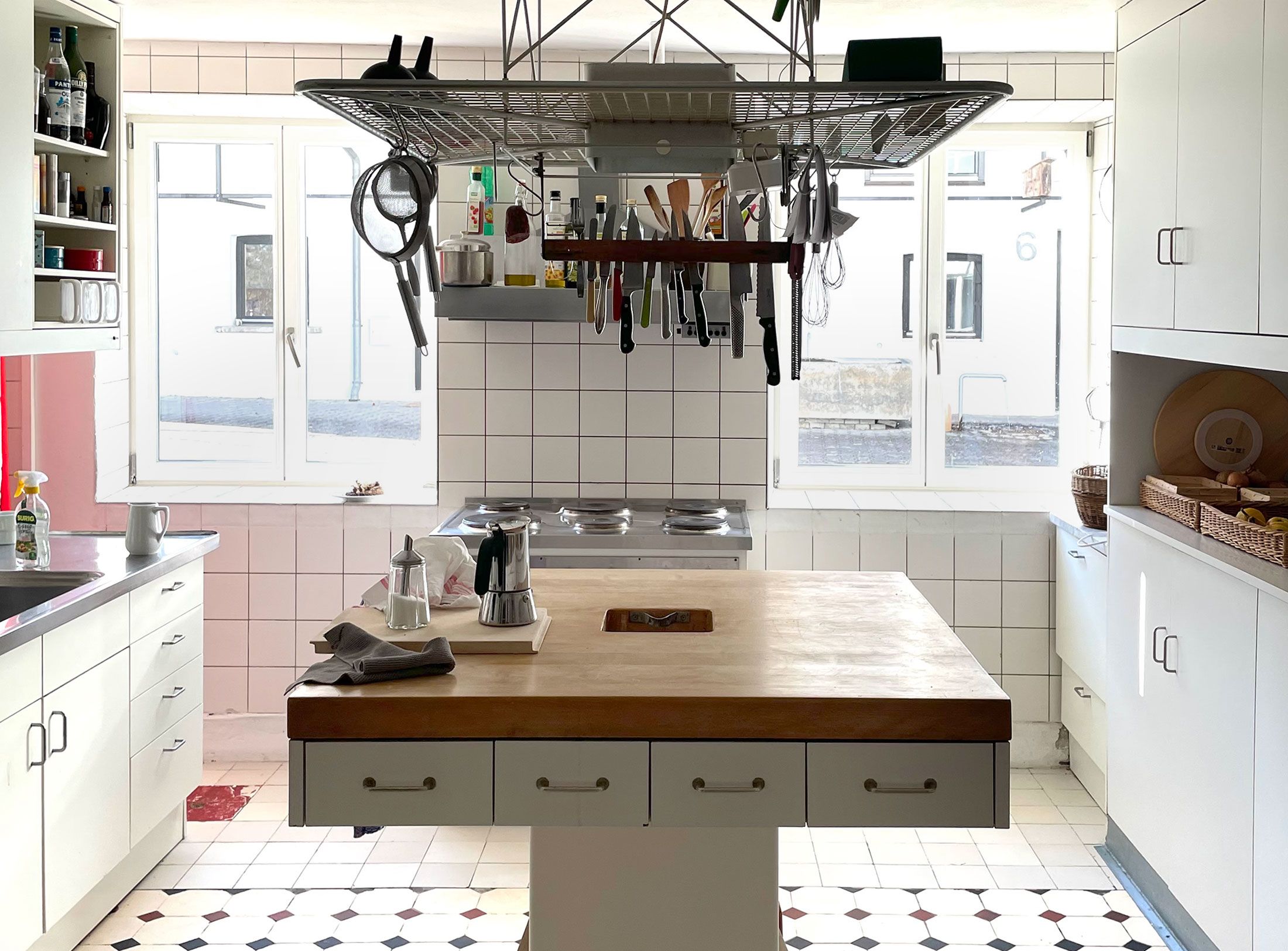
Die Küche zum Kochen (The Kitchen for Cooking) – the genesis of a book that has lost none of its relevance.
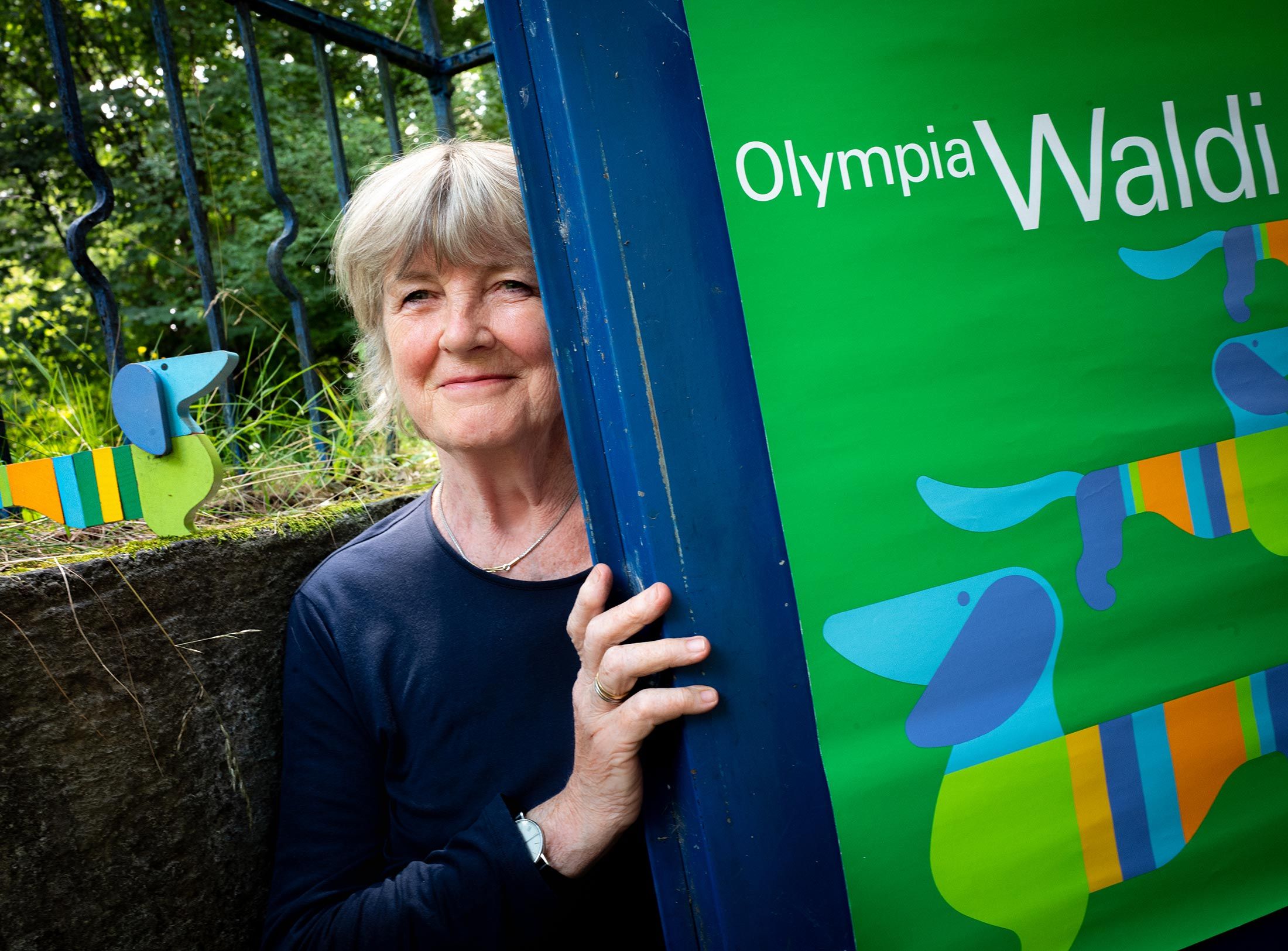
How a dachshund conquered the world: former Aicher staff member Elena Schwaiger on plush animals, fakes and the authentic mascot of the 1972 Olympic Games in Munich.
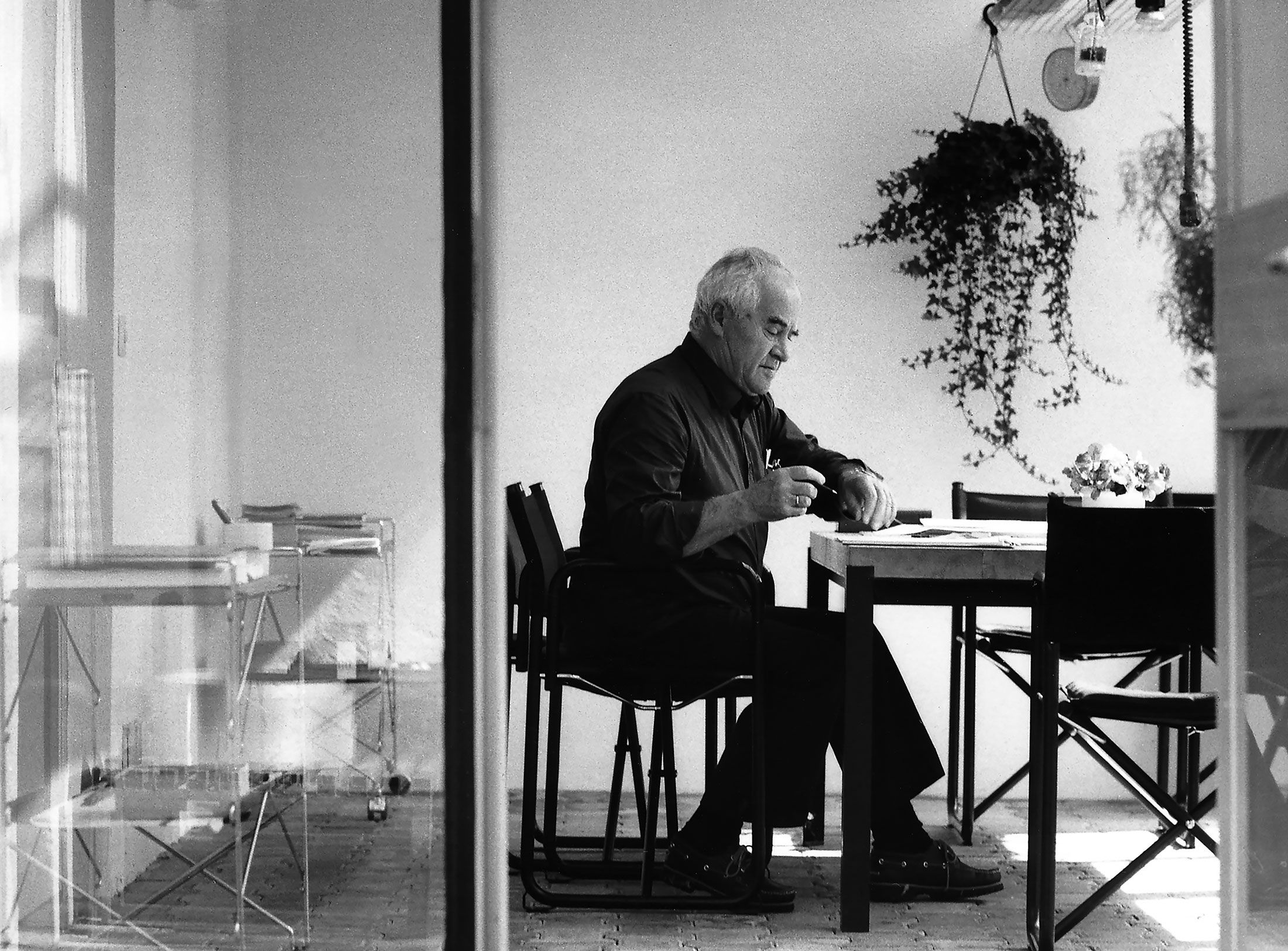
Le Violon d’Ingres or An Attempt to Defend the Writings of Otl Aicher.

Otl Aicher as the architect of Rotis.
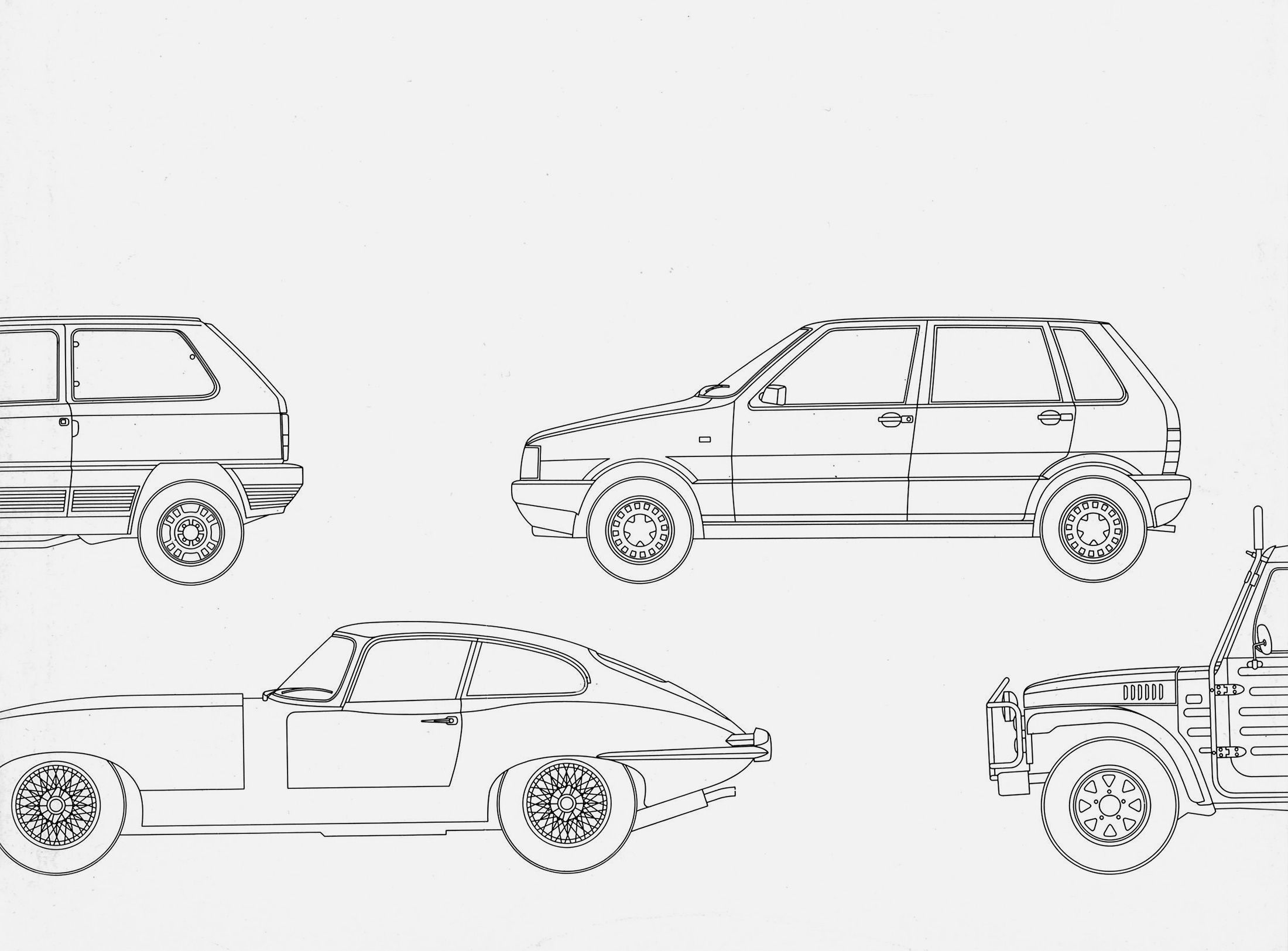
Otl Aicher and his critique of the automobile.
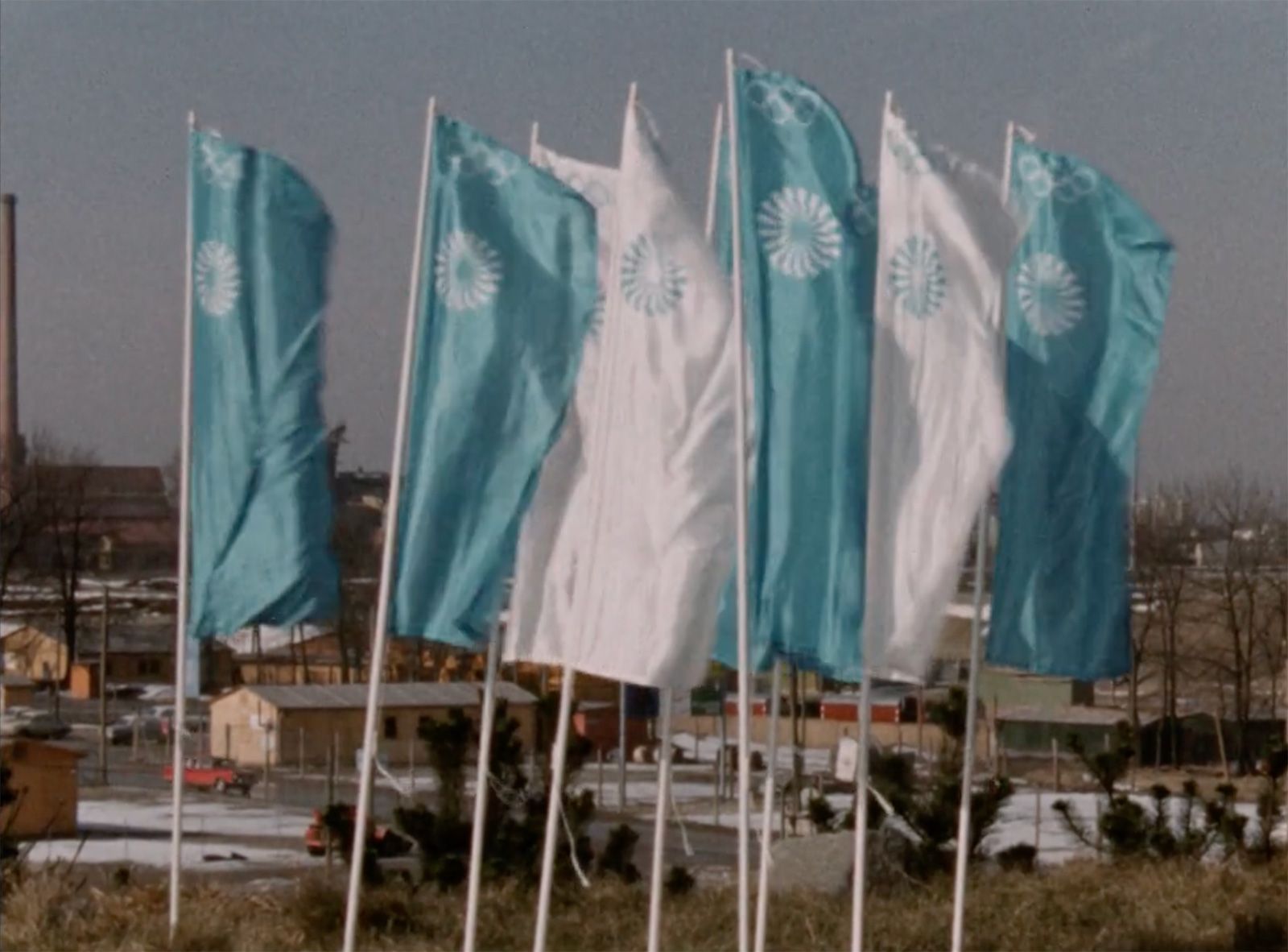
First broadcast: 15.02.1971 on Bayerischer Rundfunk, Munich (Only available in German).
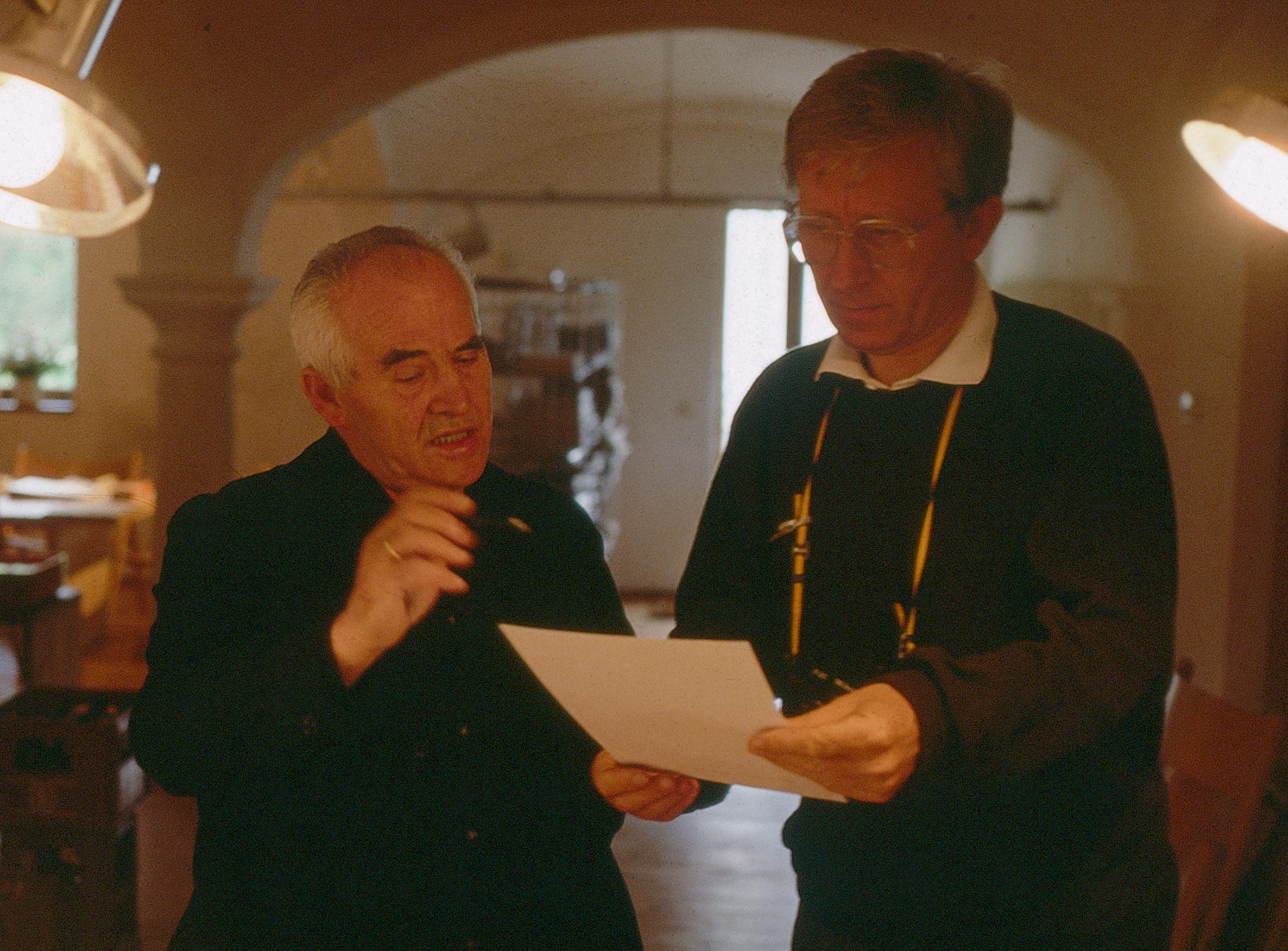
Interviewed: Jürgen Werner Braun on his collaboration with Otl Aicher.
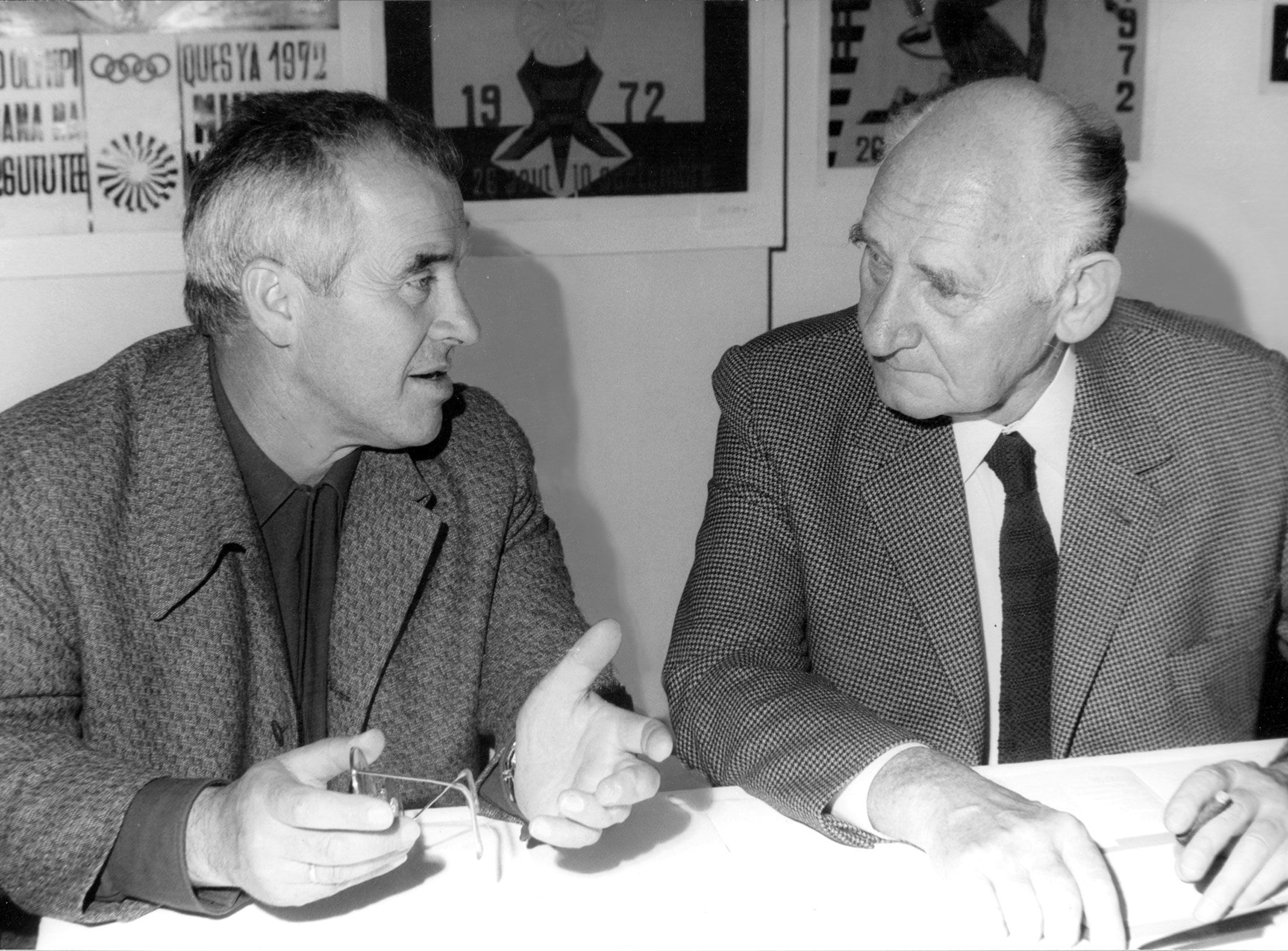
They created the signature of an epoch: designers Otl Aicher, Willy Fleckhaus, Anton Stankowski and Kurt Weidemann.

She remained loyal to Rotis for 16 years: the construction draughtswoman Reinfriede Bettrich, née Wägele, was just 18 years old when she was hired by Otl Aicher in 1975. From then on, she was responsible for the elaboration and quality of the highly praised drawings.
You are probably the person who worked in the Aicher office at Rotis for the longest period of time. Which period are we talking about?
From 1975 to 1983 I was employed full-time at Rotis. Then until 1991, I worked as a freelancer in the office for one or two days a week.
How did that come about?
At the age of 18, after my apprenticeship, I worked as a draughtswoman for an architect in Leutkirch, but it wasn’t my thing. An acquaintance told me that Aicher’s office at Rotis was looking for someone for six months. So I thought: I’ll do that. I went out there and met a man in high rubber boots and asked where Mr Aicher was. He’s standing in front of you, was the answer and I thought: oh God, oh God! But that quickly subsided; he was sympathetic, didn’t ask for references – and that’s how I got stuck.
What did your work start with?
With pictograms. There was the basic grid and then hand sketches by Otl or Alfred Kern, his right hand; I had to transpose them onto the grid. As I got more in practice, the sketches became more fleeting, it started to be fun!
How was drawing done?
With Indian ink and a T-square, compass and curve ruler. There was a standard format, not 21 x 30 centimetres like DIN A4, I mean it was 18 x 18 centimetres. That was quite elaborate. At the beginning it was all about sport, then there were more commercial, medical and other areas. The clients were Frankfurt Airport and later on the company ERCO. In addition, there were more and more final artworks for the other graphic designers in the office. The staff grew from a few employees in the mid-seventies to a good dozen in the end. In the beginning it was mainly Alfred Kern, later Robert Probst, Heinz-Peter Lahaye, Sepp Landsbeck, Bertold Weidner and others, plus the secretaries. Or someone like Andreas Schwarz, who did more writing. I drew for the projects mentioned as well as Raiffeisen, Isny, EVS, BMW, König Pilsner, Bulthaup, Bayerische Rück, including the drawings for Kritik am Auto and the bicycle poster. Where it was more about colours, I was hardly involved, i.e. West LB, Sparkasse. Or Dresdner Bank, for their headquarters in Frankfurt, countless variations for coloured carpet coverings were created.
© Florian Aicher
© Florian Aicher
What was it like working with Otl?
In the beginning I was given precise instructions; the more I got into the work, the looser they became. Often they were just quick sketches. Then it was my turn. The result was pinned on the wooden wall, looked at, assessed – a clear division of labour with which I never had any problems. The pictorial signs for Isny took some time, there were no less than 125. On the one hand, there were the completely free elements, the lenticular clouds, for example; here I received very precise instructions. He sat down, often after work in his private conservatory, and designed them. Or he would start sketching – even during a meeting. It all developed in his head. It was different with the city views, the houses and towers; I went there, took photographs, sketched them myself, discussed them and precisely drew them. In 1981, there was an exhibition about Isny at the Landesgewerbemuseum in Stuttgart. Probst was supposed to do it, but then he was called to the USA. Otl said, “Reinfriede, you’ll have to do it now – we always stuck to the formal ‘you’. I said: I don’t think I’m up to it. To which he replied: Neither do I. And then we did it. That’s how it went. Then we collected material, the silkscreen came from the graphic artist Kämmer three villages away, and everything was finished in time.
What did a typical day at work in Rotis look like?
We started at eight in the morning, right on time. Otl was strict about that and could get very angry if someone was late. Some people had to learn that. The week started with the Monday morning meeting. We sat at the big table, the whole group. First, we were told what had gone wrong, then we were praised. Then all the projects were discussed, the work for the coming week was outlined and everyone knew what they had to do. The second fixed appointment was Friday at 3 pm. Then it was time to stop working on the projects and clean up. Two hours to be able to start the week with an empty desk on the following Monday. Then, depending on the mood, we would have a weekend beer on the house. The working hours from eight in the morning to five in the afternoon were not always enough. In return, we got time off between Christmas and Epiphany without counting towards our holiday entitlement. Hours were not written down; as a rule, we finished work at 6 p.m. at the latest. Occasionally, however, when there was pressure to meet deadlines, we worked until dark.
Was Otl often out and about?
Yes, on average two days a week. Often guests also came to Rotis. Then he spent a lot of time outdoors, in the garden. In the beginning, the two to three hectares were trimmed to English lawn, mowing was his thing for a long time, it was necessary every ten days. Later, the large vegetable garden was added, but then with helpers. Yes, he didn’t have much staying power. He needed the fresh air. Being alone in nature inspired him. And suddenly he came into the office, made a sketch, thought about it, worked on it, and was gone again …
Shopping facilities are kilometres away. How was food provided?
There was a lunch in the rotisserie, the meeting room, at a very reasonable price; at the beginning twice a week, later daily. Most people went there. Everyone spent the remaining hour as they liked; a large part took part in table tennis or badminton tournaments, with Alfred Kern as the initiator. Occasionally, when the weather and work permitted, there was an after-work beer with chive bread or radish or one visited beer gardens nearby or an old bowling alley with Otl. Once a year there was a company outing to the surrounding area; and the erection of the maypole was always a small festivity.
Back to the office – when did your sphere of activity expand from black and white drawings to colour?
It started with the work on the exhibition about the philosopher William of Ockham around 1984, when we used colour intensively. The technique was a challenge: it started with sketches of the figures, which I turned into final drawings. Then came the colour, according to a precise concept by Otl with corresponding colour groups. These were put together with colour papers, a huge pool in the finest shades, supplemented by specially printed sheets. In the beginning, Otl was constantly involved until Sophie von Seidlein and I became more confident.
Then you continued to work independently?
It was enough if he said: This in the red tone, this in the green tone. Then it went on independently. Then there was another check, a correction, until it was right. That was a real collaboration. The next step was the exact fitting of the coloured figures. To do this, the drawing and the two coloured papers were placed on top of each other on the light table and the contours were cut with the scalpel. The two counterparts should thus match exactly and are then fixed with spray adhesive. This we did with several dozen colours per panel and a total of 36 panels – unimaginable today!
Today it would be composed on the computer. When did computers come to Rotis?
When we drew the Traffic typeface for Munich Airport, at the beginning of the eighties, computers were introduced. Monika Schnell soon became proficient at it and she then worked on the Rotis typeface. Then I moved with my family to Pfronten, 60 kilometres away. When I told Otl that I would have to stop after the current project, his answer was: That’s not possible. After 14 days, back from a trip, he said: We have to talk. His announcement was: You can work independently, you come here one day a week according to my schedule and otherwise work at home. That’s how we did it for eight years.
That sounds quite sunny on the whole. Were there no shadows?
Yes, there were his health problems. When we received the information from his house in the morning that he wasn’t coming today, it was clear what was going on. Often it was after journeys which made him increasingly unwell. There were periods when he was absent a lot, often for several days; once a month was the rule. It took him a long time to get back on his feet. That put a damper on everyone’s mood. If there were problems, it was noticeable; we hardly ever talked about it. If he came into the office early in the morning and didn’t say a word, it was clear: be careful today! There were times when that lasted for a long time. He could also get loud sometimes when things didn’t go his way. I also had work to do in the other buildings and could get out of the way.
There were plenty of opportunities for tasks besides your workplace in the main office: work on the repromaster in the photo studio, meetings in the former print shop, drawing work in the studio above the garages. You had a special position, perhaps one could put it this way: you had a distance in order to design.
I drew for several projects and editors. I was the girl for everything, over time I quickly understood what was important to him, I rarely noticed his displeasure. He once said: Reinfriede is a gifted draughtswoman. That was something! Another time he said, “Anyone can raise your child, but no one can do your drawings.” “I see things differently”, was my answer – that triggered discussions.
For more than a few employees, their departure from Rotis had a bitter aftertaste.
There was that. I know little about it in detail. I remember Andreas Schwarz leaving, there was some tension. When Alfred Kern announced his wish to stand on his own two feet, Otl got up and left the office without a word and didn’t come back for ages.
What hit him so hard?
Kern was an outstanding figure, he had been there since the 1960s, Ulm, Munich, Rotis, he was his right hand in many projects and the social life in the office.
Shouldn’t one expect a different response?
It was probably deeply hurtful that someone wanted to go his own way after a long period of selfless commitment. It was quite different for me. With hindsight, I would say: it was a tough time, it was a good time, we achieved a lot and I am happy and proud of this time, I wouldn’t want to miss it.
Reinfriede Bettrich, née Wägele, *1957 in Leutkirch, grew up in Aichstetten, in the hamlet of Breitenbach near Leutkirch in the neighbourhood with 17 farmer’s children, seven kilometres from Rotis. After her school education, she did an apprenticeship as a draughtswoman. At the age of 18, she was employed at Aicher’s office. In 1983 she moved to Pfronten and from then on worked freelance for Aicher until his death in 1991. Since 1997, she and her husband have been running the company wasser&wärme bettrich Installateurbetrieb in Pfronten and renting out holiday flats in a former farmhouse.
Florian Aicher, *1954 in Ulm, eldest son of Otl Aicher, studied architecture at the Staatsbauschule Stuttgart, internship in Buffalo/USA, then had three years of professional experience with Werner Wirsing, Munich. Self-employed from 1981; in addition to planning in the field of building construction, design of furniture, teaching at universities in Germany and Austria; most recently at the Carinthia University of Applied Sciences. Journalistic work. Publications in international journals and books, numerous publications on the conditions for the success of architecture. Lives in Rotis, Allgäu, since 2005.

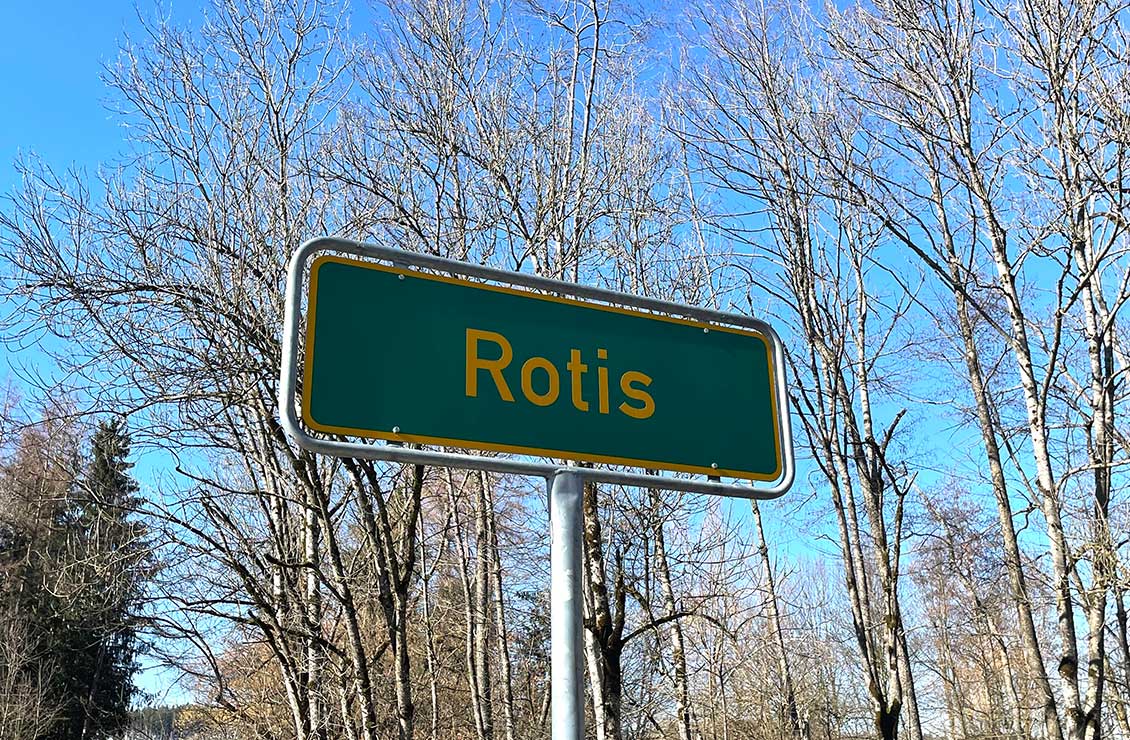
What’s become of Otl Aicher’s former abode? A visit to the Allgäu.

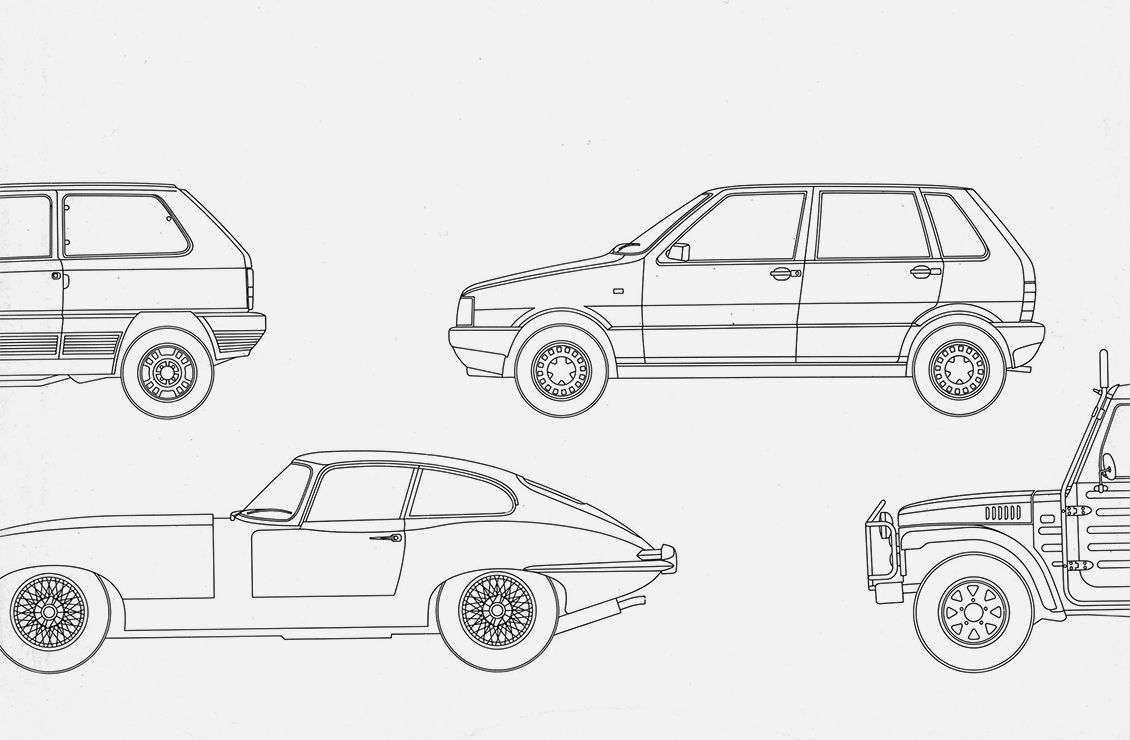
Otl Aicher and his critique of the automobile.

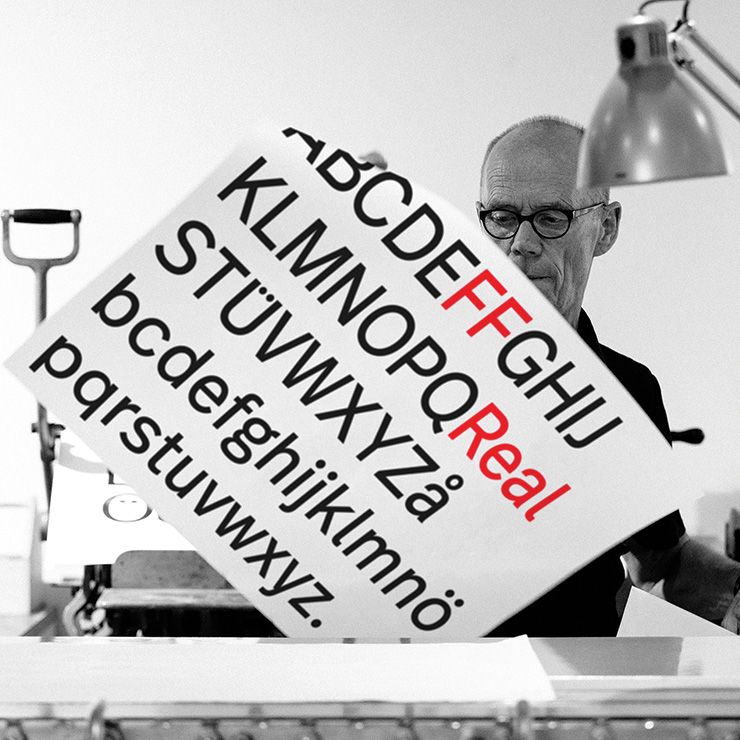
Interviewed: Erik Spiekermann, type designer, author and Aicher critic.